Answer (1 of 10) No, they're not poisonous They're venomous Snakes don't provide maternal care for their offspring And though copperheads are pit vipers and give live birth, the mother and babies only stay together briefly Babies are equipped with a full supply of venom that itOriginally Posted by 2mares I didnt think so at the time I was sweating bullets, but did manage to finish the counts That was a summer I spent inThe other is the stateendangered timber rattlesnakeCryptic coloration, a secretive nature, and nocturnal habits help copperheads avoid detection, enabling them to survive in close proximity to humans

Copperheads Pennsylvania S Quieter More Common Venomous Snakes Pennlive Com
Poisonous baby copperhead pictures
Poisonous baby copperhead pictures- Copperhead snakes are mediumsized venomous snakes found in Eastern North America They are pit vipers and five subspecies have been recognized so far The females are usually longer than males Copperhead Snake Pictures Gallery Are Baby Copperhead Snakes Poisonous?
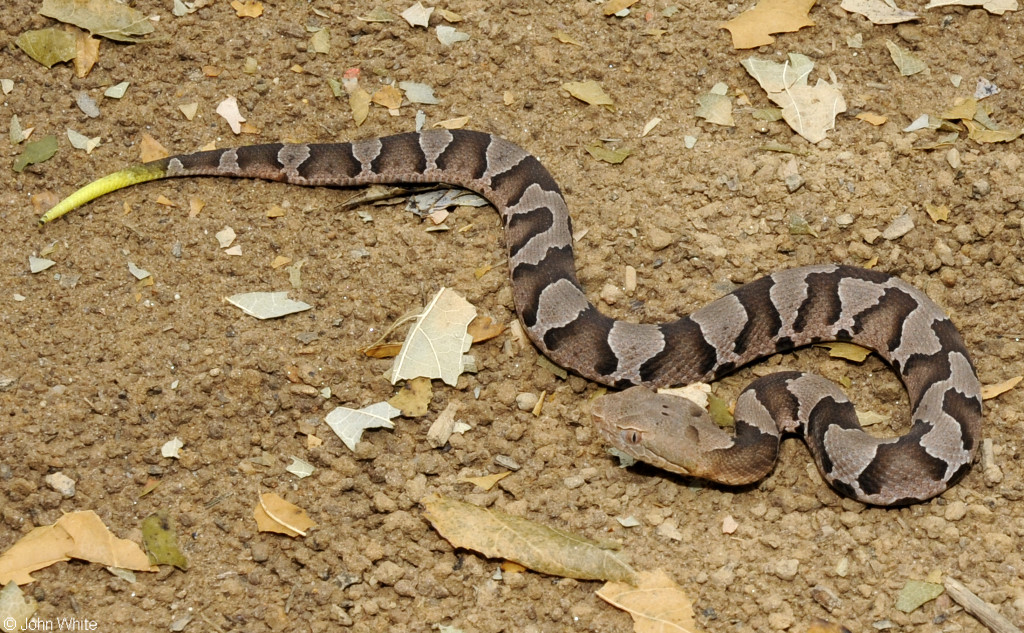



Copperheads And Similar Looking Harmless Species
A really good picture of this is the one off to the right here This is a young venomous copperhead snake, and a lighter shade than what most people think of when it comes to copper, tan, brown, etc Notice the yellow tail on this one – a clear indication that this is a young copperhead that is less than a year old This picture also shows a pretty good "hour glass" that is really thinSearch from Young Copperhead Snake stock photos, pictures and royaltyfree images from iStock Find highquality stock photos that you won't find anywhere else A copperhead's last resort, when cornered, is to strike It will only do this if it feels it has no alternative – most often when touched or stepped on In some cases, copperheads deliver a 'dry bite' first, which contains no venom What Do Baby Copperheads Look Like?
Did you know that baby copperhead snakes are poisonous like the adult copperheads?Identifying a Baby Copperhead (Pictures) The next important things to cover when it comes to baby copperhead snakes is how to identify them This includes 1 How to spot the difference between an adult and a juvenile baby copperhead snake 2 Other snakes commonly mistaken for Copperhead babies 3 Exactly how to identify a Baby Copperhead Northern Copperhead Agkistrodon contortrix mokasen Background The copperhead is one of two venomous snake species found in Connecticut;
Are Baby Copperheads Poisonous Copperhead Babies are poisonous, but an adult copperhead is more poisonous and dangerous than a youngster Baby bites can be painful, but do not endanger human lives Dry bites are also possible – which means no venom is released and injectedCopperhead bites are not as serious as other pit vipers The bites are usually limited to local tissue destruction only The venom is not as toxic as compared to other pit vipers and in general, they do not inject very much venom Copperheads belong to a member of the subfamily Crotalinae in the family ViperidaeAs copperhead snakes are venomous, their toxic bite maybe sometimes hazardous for humans With that said, copperheads don't go for humans, if they feel threatened, they may attack According to a study it was found that copperheads bite
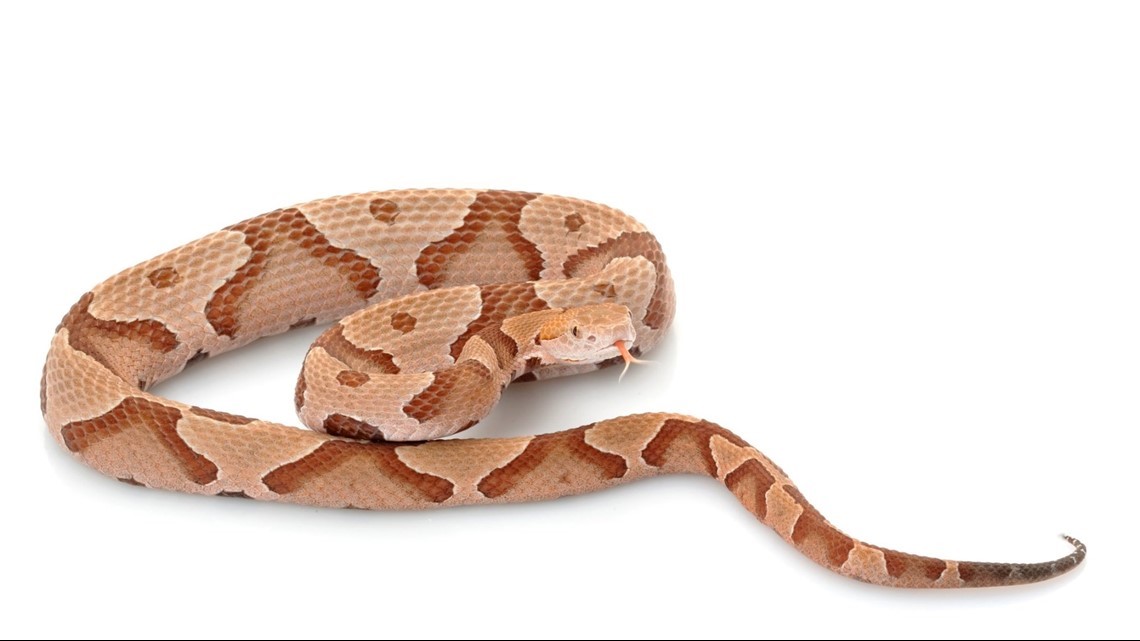



How To Tell If A Snake Is Venomous Wbir Com
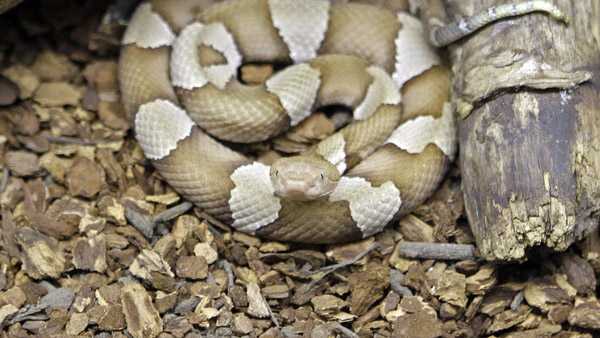



Watch Out It S Copperhead Birthing Season Officials Warn
Slithering Baby Snakes During late August, September and early October, young snakes are moving around, looking for hiding places, food or spots to hole up for the winter The majority of baby snakes people find are newlyhatched prairie king snakes, water snakes and black rat snakes, which most people call "black snakes"You can also find pictures of baby southern copperhead, southern copperhead snakeMany baby copperhead snakes are born with a bright yellow or green tip to their tail What do you do if you find a baby copperhead in your yard?




Baby Copperheads How To Identify Them And Get Rid Of Them




Why You Should Let A Copperhead Live In Your Yard Debunking Snake Myths Wunc
Poisonous baby copperhead snake ohio 1978 The copperhead is South Carolina's most common venomous snake Found throughout our state, the copperhead can reach a length of 4 feet;The Copperhead Snake (Agkistrodon contortrix) Baby Copperhead snake Measures about 8 inches long Notice that the dark pattern on the back of the snake narrows at the spine Copperheads have vertical ey Pictures Of Baby Copperhead Snakes In North Carolina from img00deviantartnet Download Image!
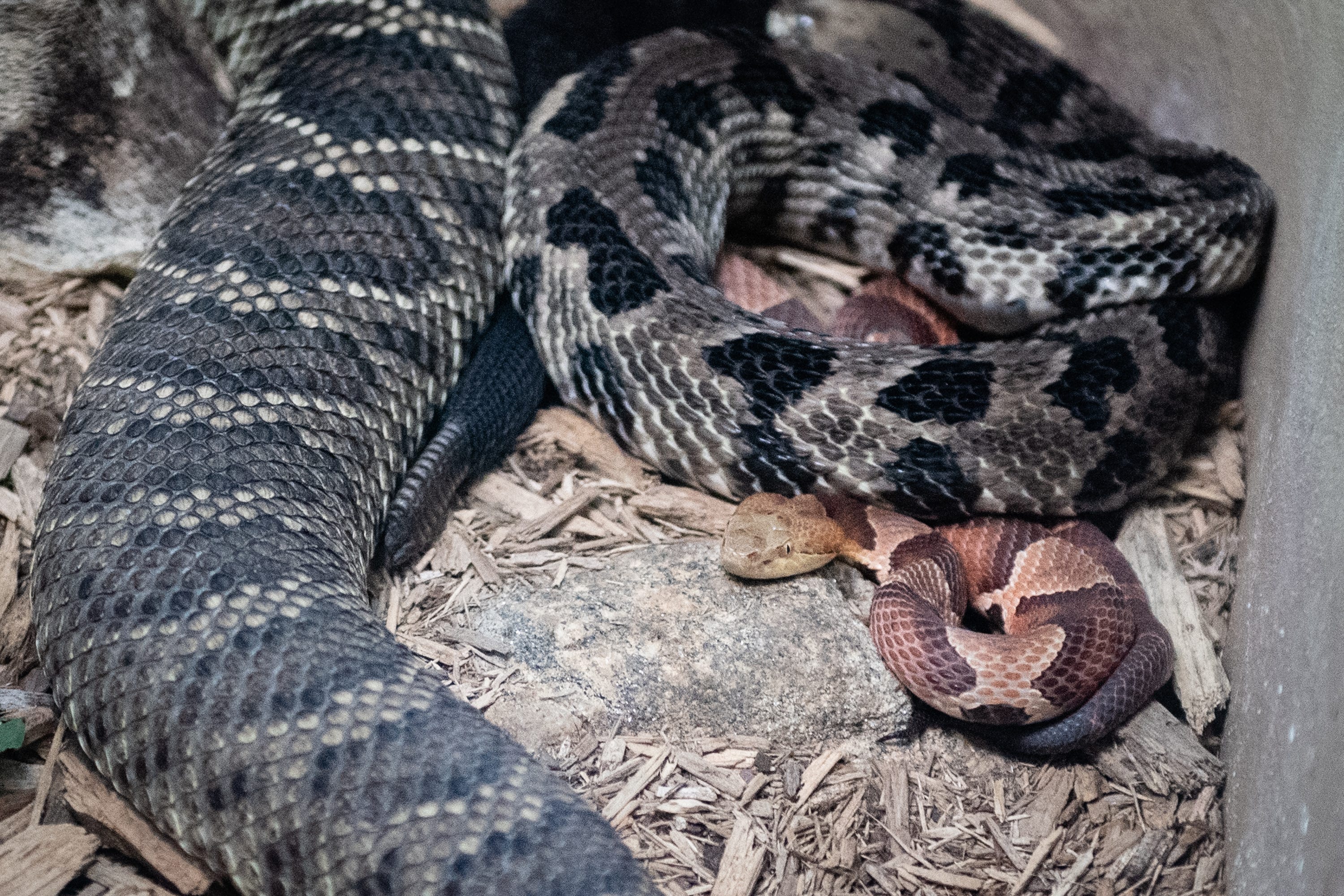



Baby Copperhead Snakes Season In Upstate Sc In August And September



Copperhead Snake Information Facts
If you see a copperhead or any poisonous snake in your yard, gather up the kids and pets and retreat to the house immediately!Click here for Southern copperhead pictures! Copperhead Camouflaged in Leaves is a public domain photo According to all of the guides, Copperheads are common in our area, but in the 15 years that we have lived here, we have only seen 1 snake that we thought might have been a Copperhead



Is This A Baby Copperhead My Cat Caught It And I M Afraid She Ll Bring More Snakes
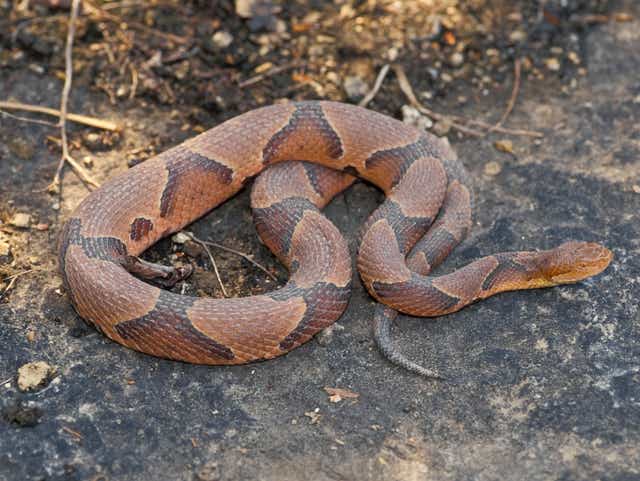



Dispelling The Myths Surrounding Copperhead Snakes
It's 'baby copperhead season' — what to know about NC's most common venomous snake New Orleans man gets nearly $30,000 returned to him after it1,353 Copperhead Snake Premium High Res Photos Browse 1,353 copperhead snake stock photos and images available, or search for timber rattlesnake or rattlesnake to find more great stock photos and pictures broadbanded copperhead copperhead snake stock pictures, royaltyfree photos & images wild southern copperhead snake (agkistrodonYes, baby copperheads are poisonous, just like adult copperheads Copperhead babies are born live, not hatched from eggs, and when they are born, they already have fangs and venom Even if a baby is only a day or two old, it is still dangerous and may still attack if threatened




Male And Female And Babies Copperhead Snake Or Highland Moccasin Agkistrodon Contortrix Poisonous White Background Stock Photo Picture And Royalty Free Image Image




Identifying Copperhead Snakes Home Garden Information Center
Answer (1 of 4) I have found all baby snakes venomous or not are highly reactive, impatient, and very often aggressive Moreso than adults mainly b/c they are new here, and do not yet know the details of their new world or themselves yet for that matter No offspring ofBaby copperheads can be very small, like the one in this picture That's a dangerous snake despite the fact it's not all that much larger than a couple of averagesized adult fingers There could be a bunch around!Appearance Copperheads are beautiful snakes They have a coppery colored head, vertically oriented pupils and facial pits Their dorsum (back) varies from a copperred to brown Most specimens have hourglassshaped, chestnutcolored bands across the back Dark spots between the bands are common
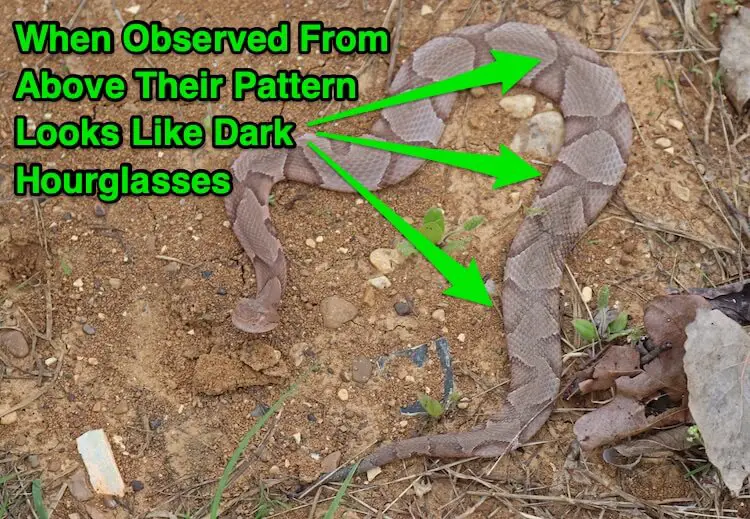



7 Ways To Identify Prevent Remove Baby Copperhead Snakes Everything Reptiles



When Are Baby Copperheads Born In Nc Are They More Dangerous Raleigh News Observer
Southern copperhead (Photo Patrick Feller, Flicker sharing) PICCTURES OF BABY COPPERHEAD SNAKES Female copperhead snakes are ovoviviparous, meaning that they carry their eggs in their bodies, until the eggs are ready to hatch, and then they release the eggs and the young hatch out immediatelyFour poisonous (venomous) snakes in the united states include the copperhead, coral snake, cottonmouth, and rattlesnake Technically, no snake is poisonous And don't forget to share this important information with friends and familyAfter a baby copperhead reaches adulthood, it will be somewhere between 23 feet long Are Baby Copperhead Snakes Poisonous?




Town Warns Parents Pet Owners To Watch Out For Baby Copperheads Connecticut News Wfsb Com
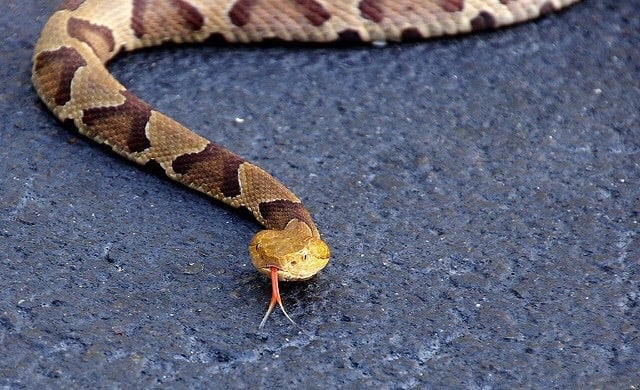



Baby Copperhead Snake Identification Guide Look For These 5 Things Embora Pets
Search from Juvenile Copperhead Snake stock photos, pictures and royaltyfree images from iStock Find highquality stock photos that you won't find anywhere elseThe Copperhead Snake is Often Misidentified (Venomous Snakes of Georgia ) In the Southern United States there is no more often misidentified snake than the copperhead Georgia is home to over 40 different snake species (only 6 are venomous) While copperhead juveniles DO resemble their adults, some other snake species dOne of the most important things to understand about baby copperheads is that there tends to be groups of them when they are born
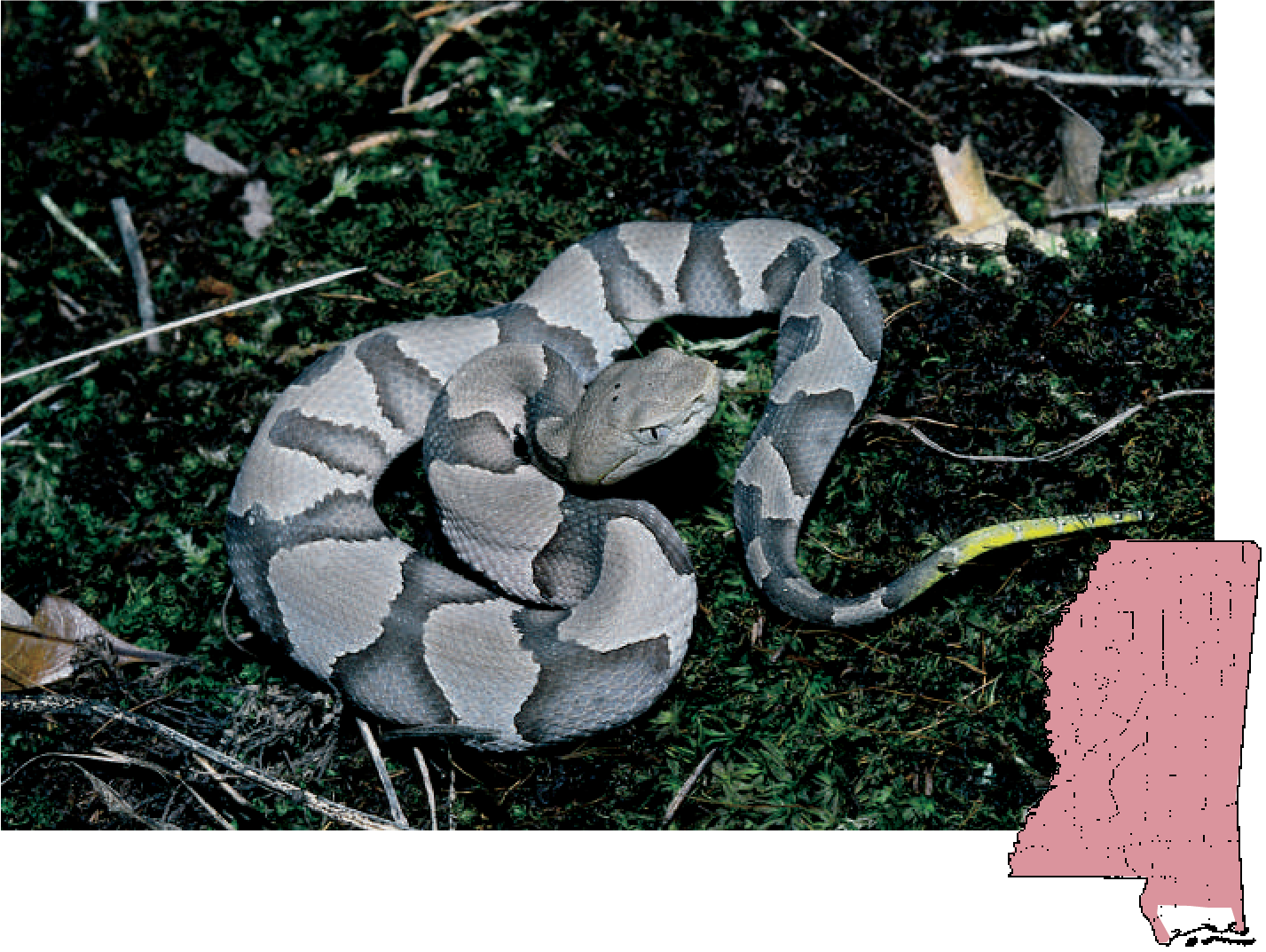



Mdwfp Venomous Snakes Of Mississippi




From Time To Time The Zone 8b Gardener May Be Graced With A Visit From A Copperhead Snake This 10 Inch Baby Greeted Me On Small Snakes Poisonous Snakes Snake
When the copperhead baby snakes are born, they already have fangs and venom! Copperhead Neonates – It has fangs that are poisonous Rat Neonates – It does not have fangs, be it in their young or adult form Adult Rat snake vs adult CopperHead snake Copperhead – Distinctive with their large, triangular head, these snakes have defined eyes Rat snakes – Small head like that of the turtle Copperhead, Southern Copperhead, Highland Moccasin, Chunk Head Basic description The average adult Eastern Copperhead is 2236 inches long (5691 cm) in total length This snake is stoutbodied with a distinctive hourglass pattern




Poisonous Baby Copperhead Waiting For You To Lean On A Tree Natureismetal
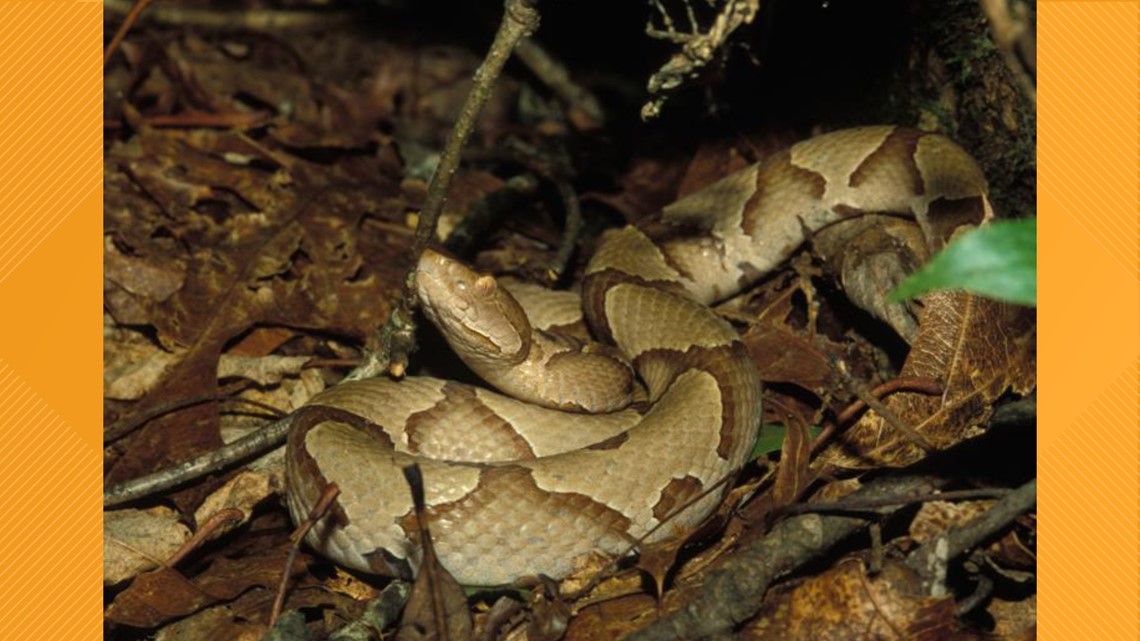



Baby Copperheads Are Being Born In Missouri Ksdk Com
Baby cottonmouths are as dangerous as their parents and learning how to identify them is an essential skill Similar to the copperhead snake, baby cottonmouths utilize their brightly colored tail to attract amphibious prey Pictures of Baby Cottonmouths & Adult CottonmouthsIt's Baby Copperhead Snake Season — Here's What You Need to Look Out For By Marina Watts On 8/26/ at 1035 AM EDT ShareThe baby copperheads are about 810 inches in length and camouflage with the bushes or leaves, making it extremely difficult to spot them Also, copperheads do not flee when threatened



Baby Copperhead Season Has Begun In Carolinas What To Know The State
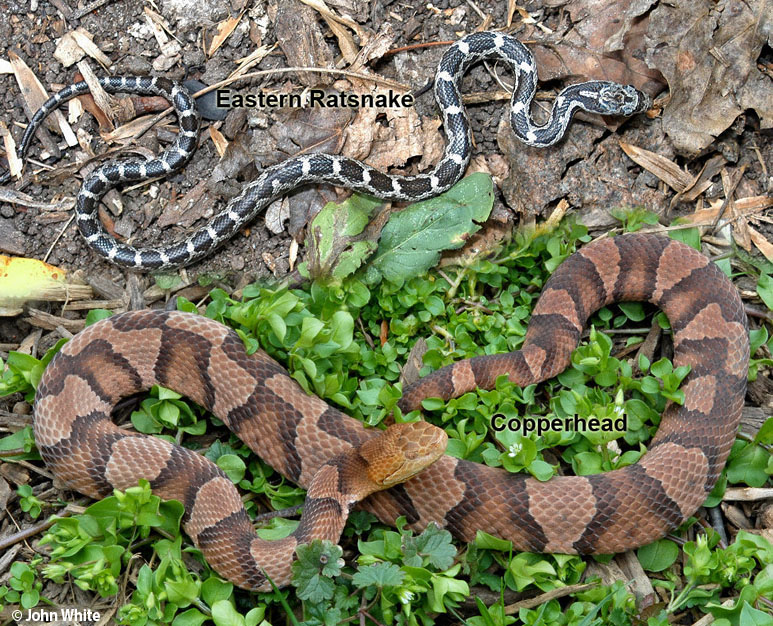



Copperheads And Similar Looking Harmless Species
Baby Copperhead Pics Collected from the entire web and summarized to include only the most important parts of it Can be used as content for research and analysisIf you ever meet a copperhead, leave it alone Avoid disturbing it because once it gets agitated, it will hurt you severely Avoid an encounter with a copperhead during the mating season They tend to be aggressive during this period because of intense hormonal activity More information A Copperhead snake is seen in this stock photoCopperheads are born with fullyformed fangs, and preloaded venom



Rat Snake
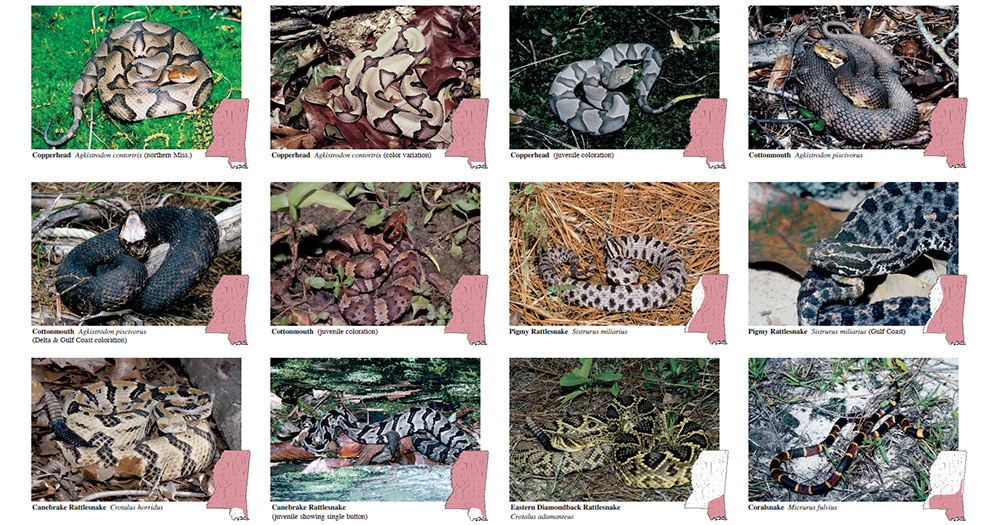



Mdwfp Venomous Snakes Of Mississippi
It's baby copperhead season for many parts of North America All around the United States, baby copperhead snakes are beginning to appear as the female snakes begin to give birth Copperhead season is one of dread for many people as they now must avoid these venomous baby snakes that are dangerous to both humans and petsYes, baby copperheads are poisonous, just like adult copperheads Copperhead babies are born live, not hatched from eggs, and when they are born, they already have fangs and venomIdentifying a baby copperhead (pictures) the next important things to cover when it comes to baby copperhead snakes is how to identify them Copperhead snake babies are born live Project noah is a tool that nature lovers can use to explore and document local wildlife the copperhead snake accounts for the most venomous snake bites in the united states




Myth And Truth About Copperheads Critter Control Of The Triad




Copperhead Snake Bit Girl Here S What To Know About The Reptiles
Copperhead babies are easily recognized by their yellowgreen tails Copperheads live near creeks and rivers, under shrubs and How dangerous are Copperhead snakes Missouri Department of Conservation She studied both criminal justice and psychology in college Lynn has worked as a publicist and also in photo layout Baby copperheads are typically 7 – 10 inches long and adults reach 24 – 36 inches Babies are thin for the first three months However, after a steady food source is found, they quickly grow to and have a thick body A copperhead at 24 inches may be as thick as the circle formed when touching your pointer finger and thumb together 7
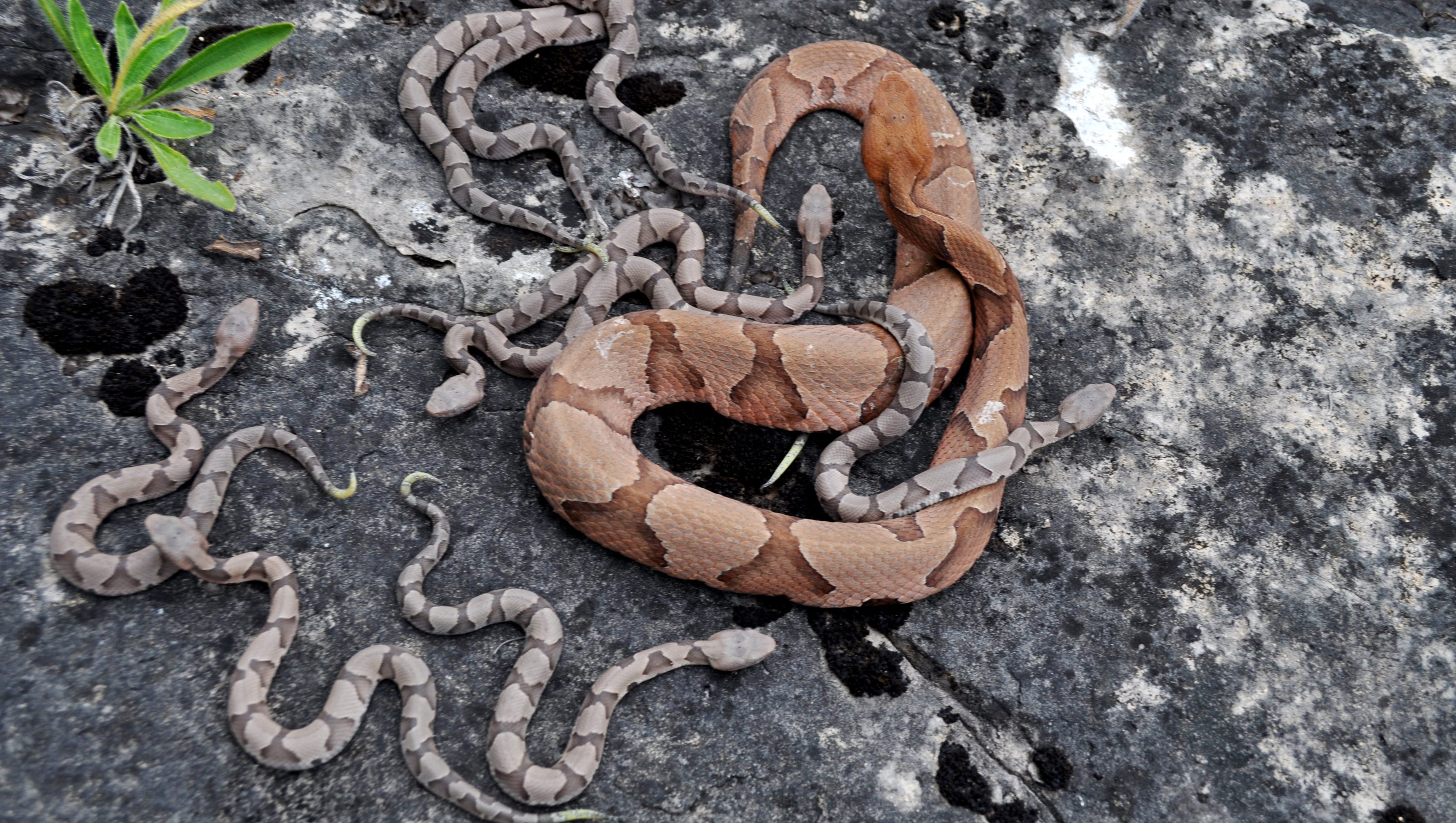



Venomous Or Not They Re Out Now So Know Your Snakes
/cloudfront-us-east-1.images.arcpublishing.com/gray/GNHUTI62UFJRBF2NXTPUUKJVKQ.jpg)



Texas Man Discovers Den Of Copperheads In Backyard Of Home




Facts You Did Not Know About Baby Copperheads
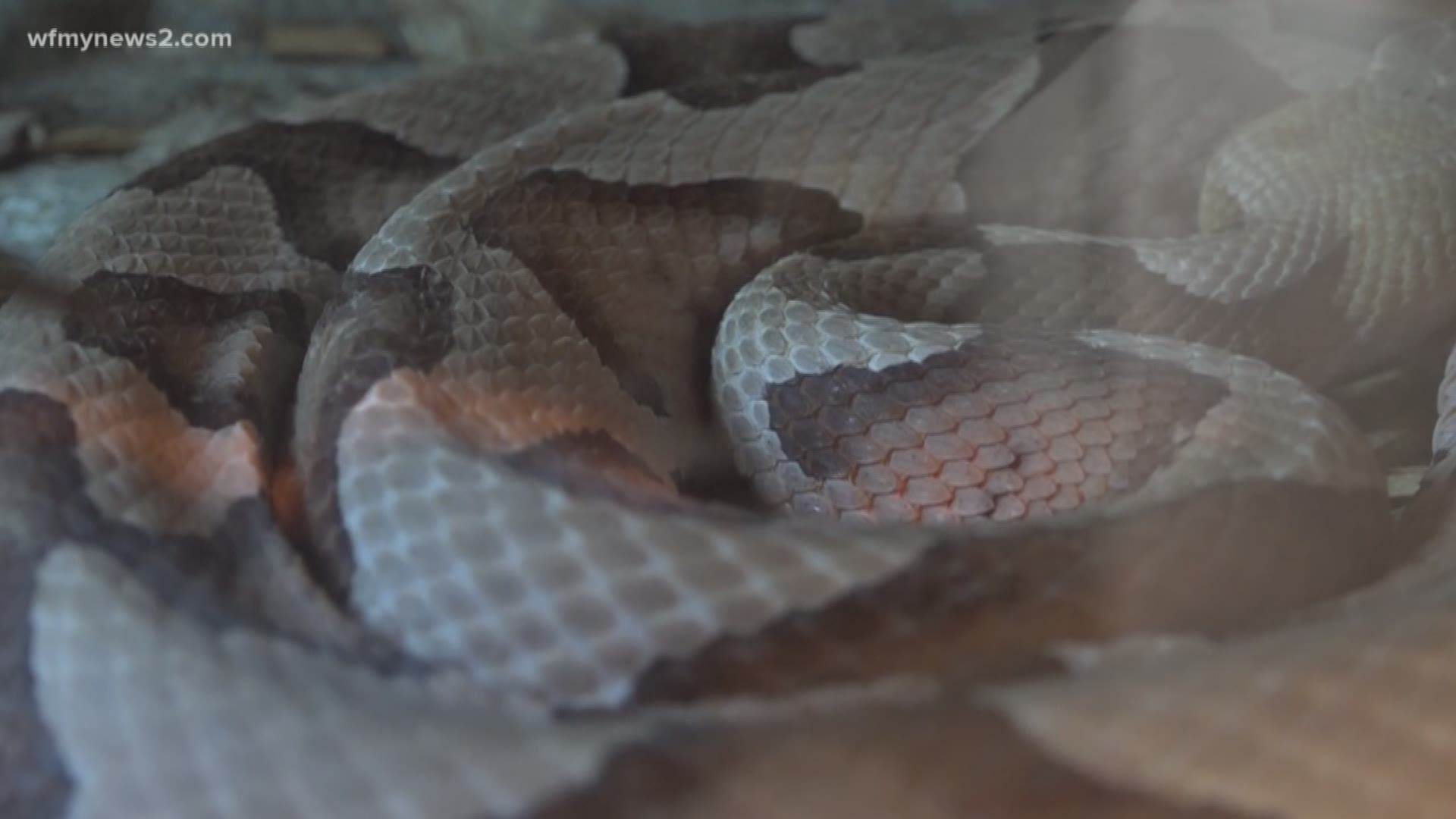



Watch Out For Baby Copperhead Snakes Wfmynews2 Com



Baby Copperhead Snakes Season In Upstate Sc In August And September




How To Tell If A Snake Is Venomous Wbir Com
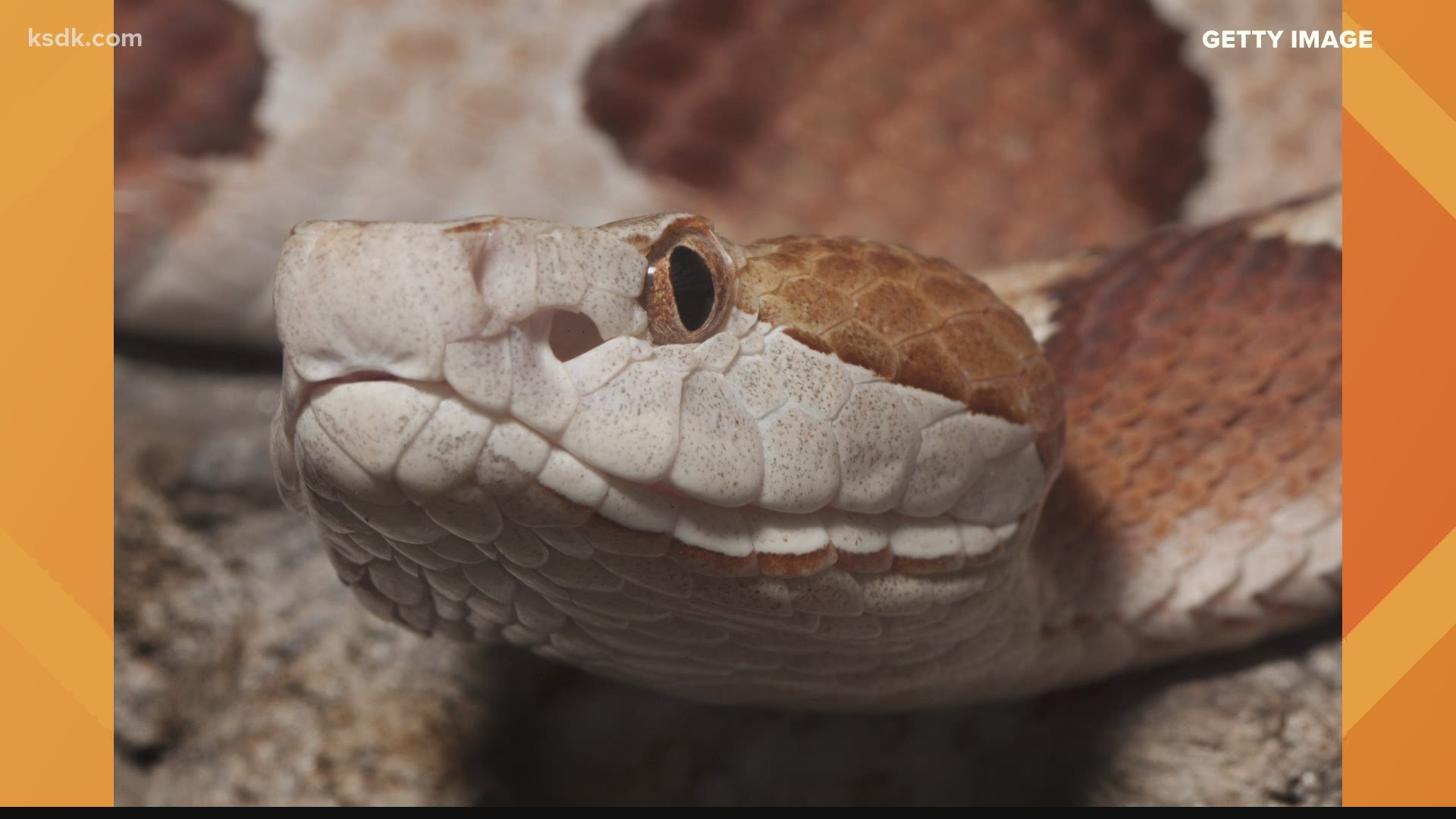



Baby Copperheads Are Being Born In Missouri Ksdk Com
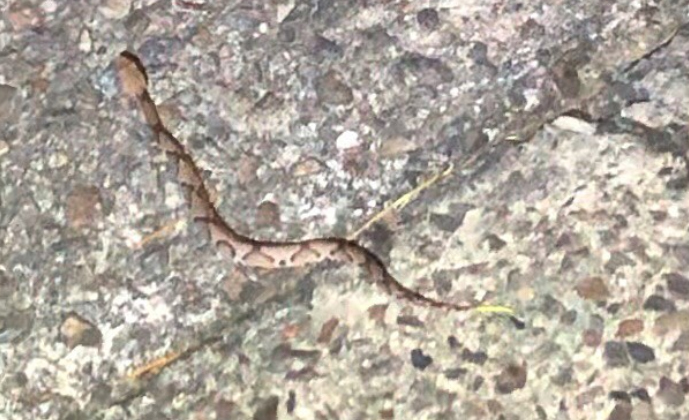



Baby Copperheads Are Now Emerging Here S Why You Should Be On The Alert
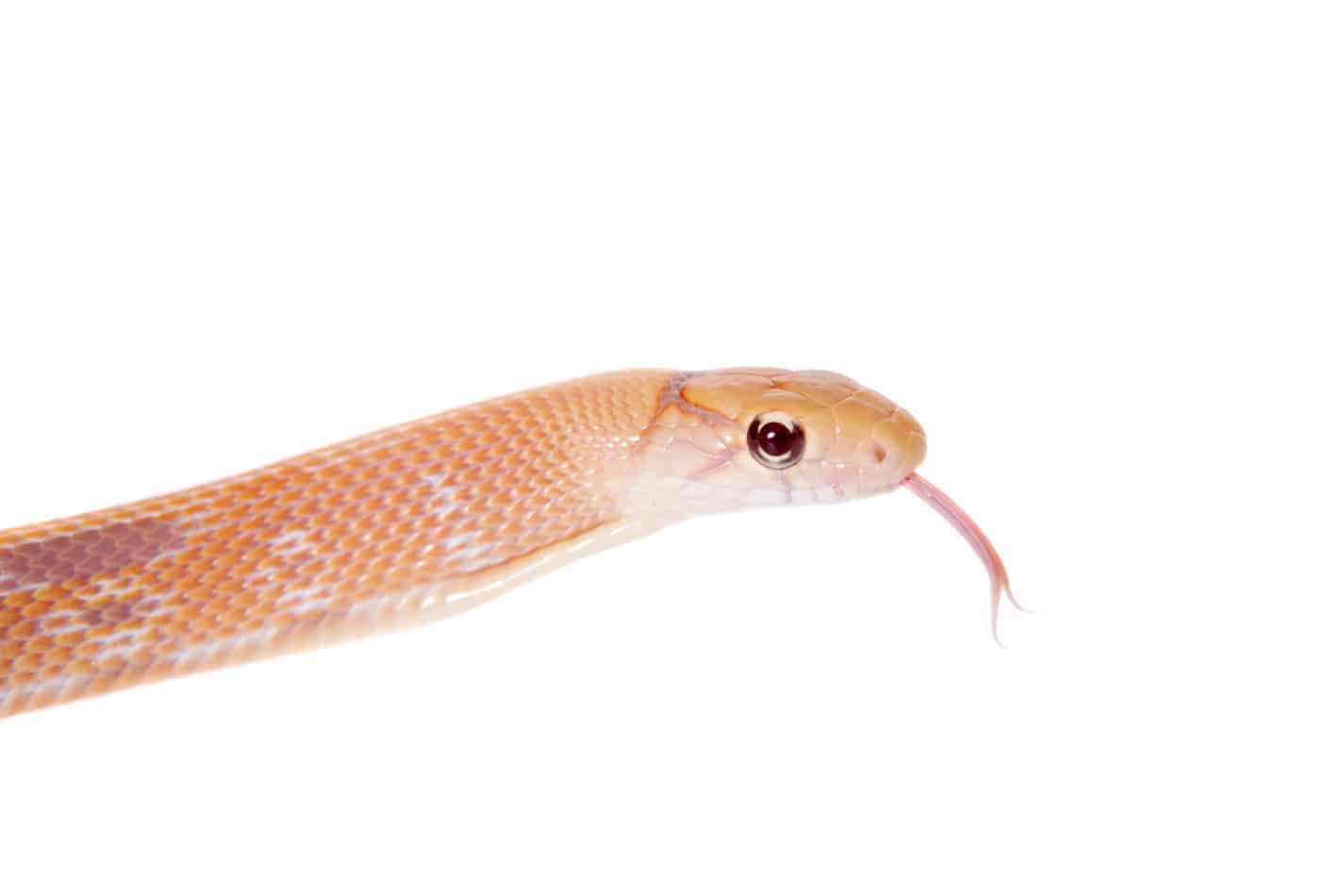



Baby Copperhead Snake Identification Guide Look For These 5 Things Embora Pets
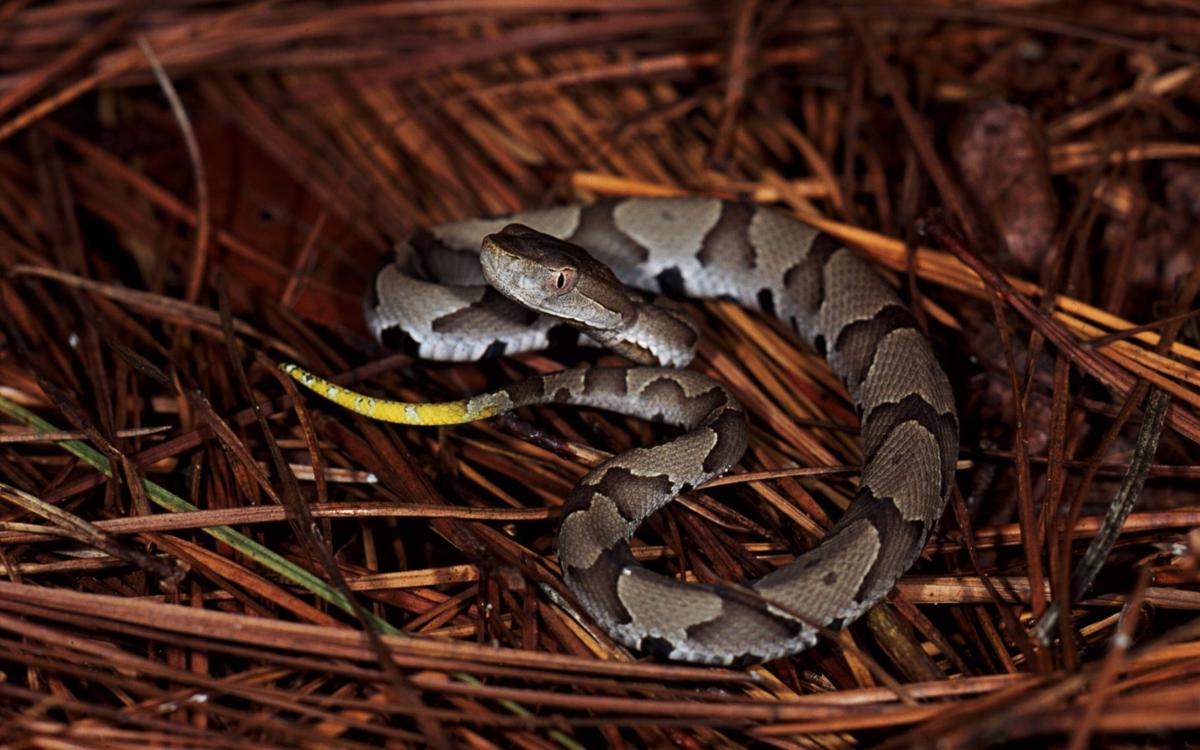



Yellowtails Bright Tip On A Juvenile Snake Id S It As A Pit Viper Copy Sports Timesleader Net
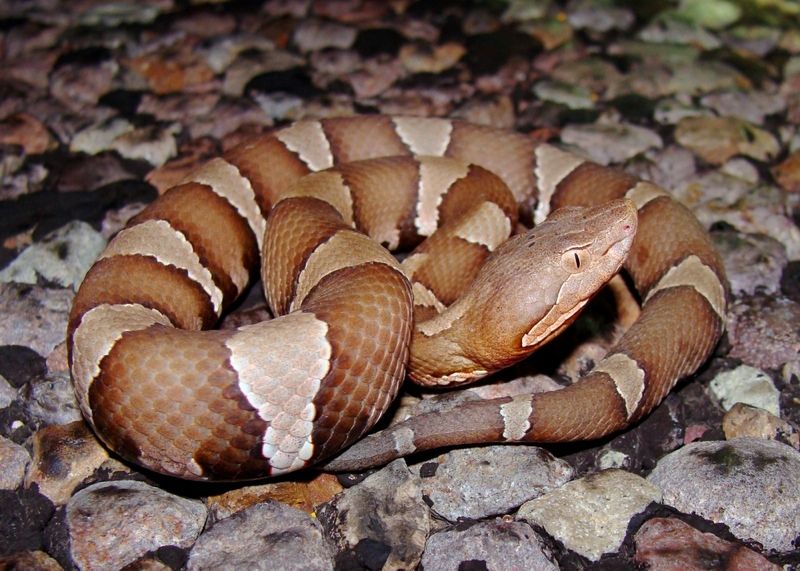



Fact Or Fiction Test Your Knowledge About Snakes Live Science
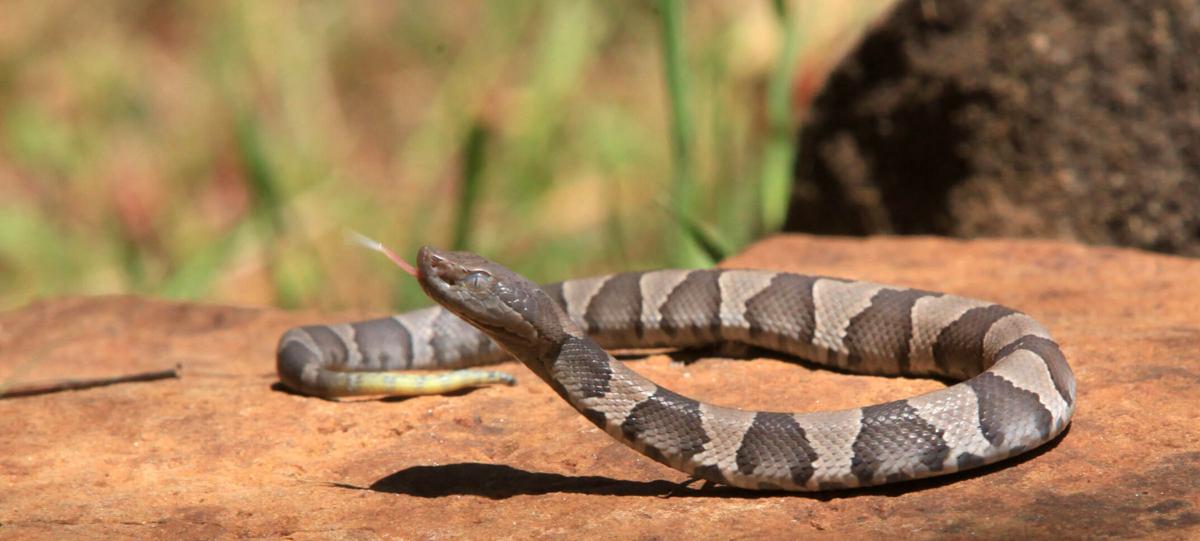



Snakes Alive Copperhead Other Snake Encounters More Likely As Days Shorten Weather Cools Local News Tulsaworld Com
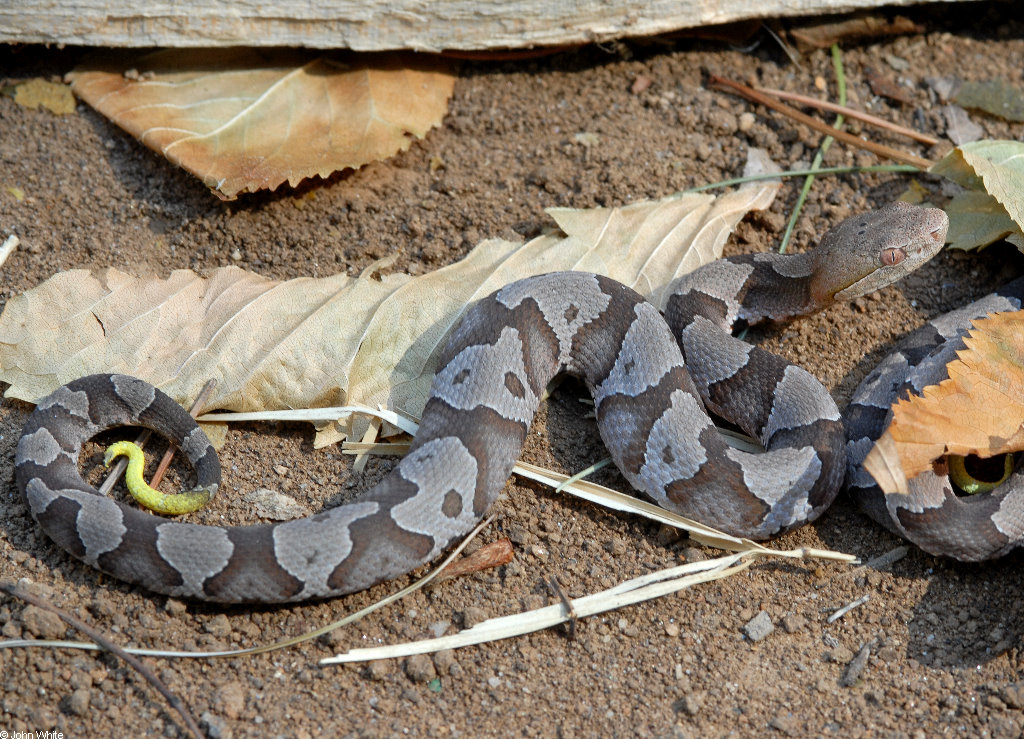



Copperheads And Similar Looking Harmless Species
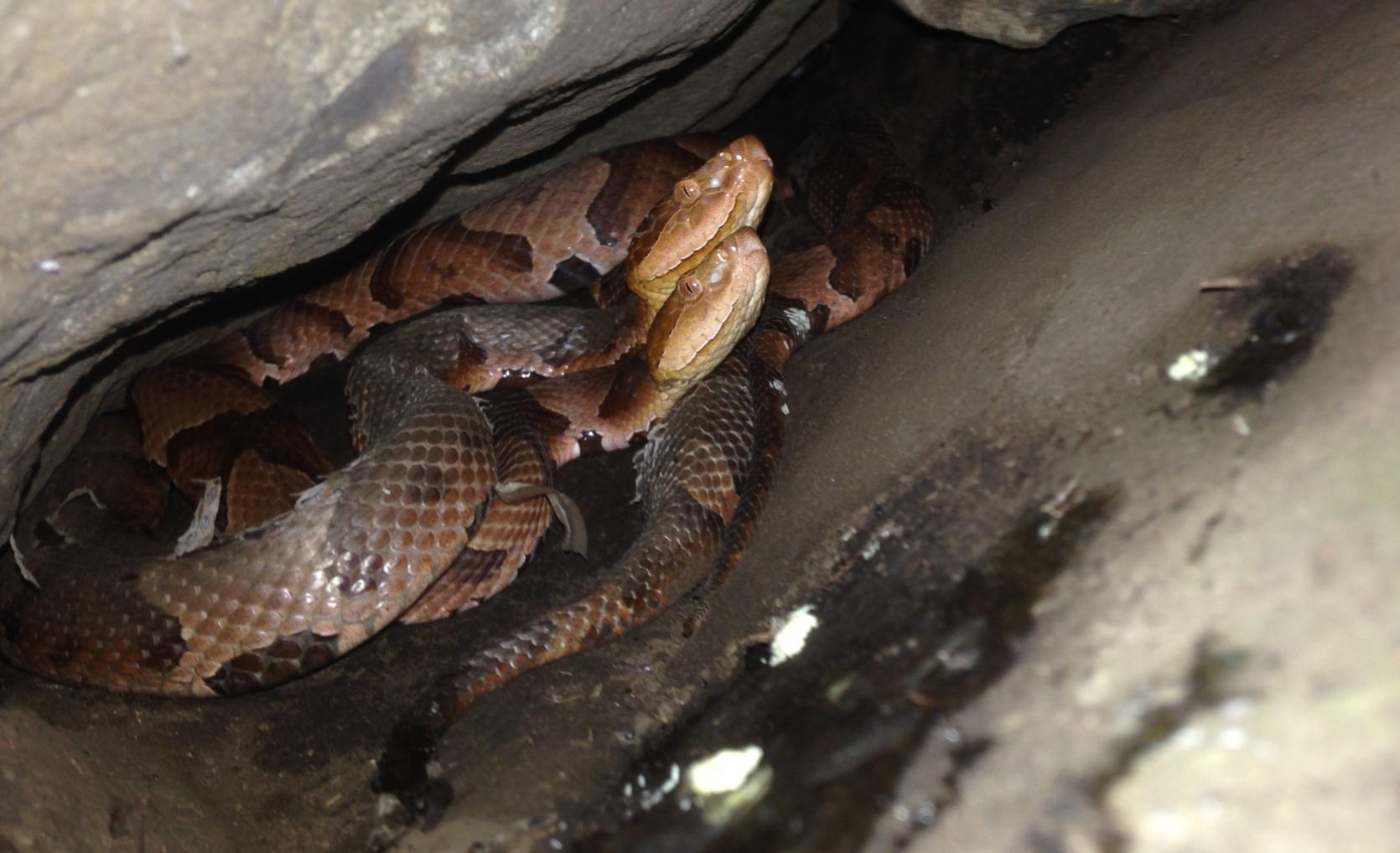



Copperhead Birth Caught On Camera Mass Gov



Facts Can Dispel Fears Of Snakes Mississippi State University Extension Service
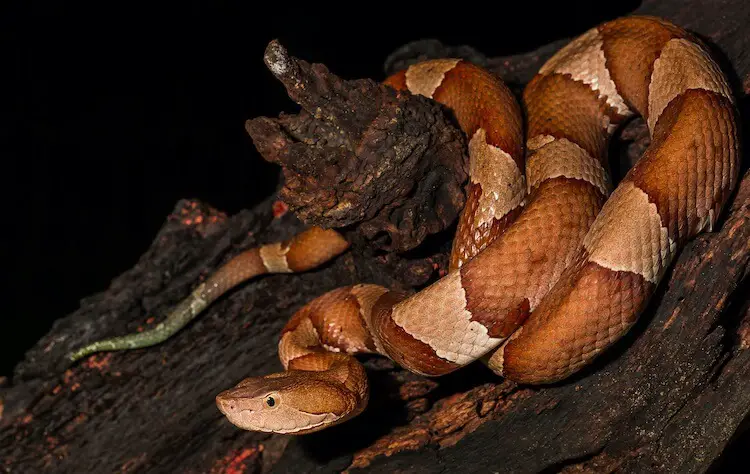



7 Ways To Identify Prevent Remove Baby Copperhead Snakes Everything Reptiles
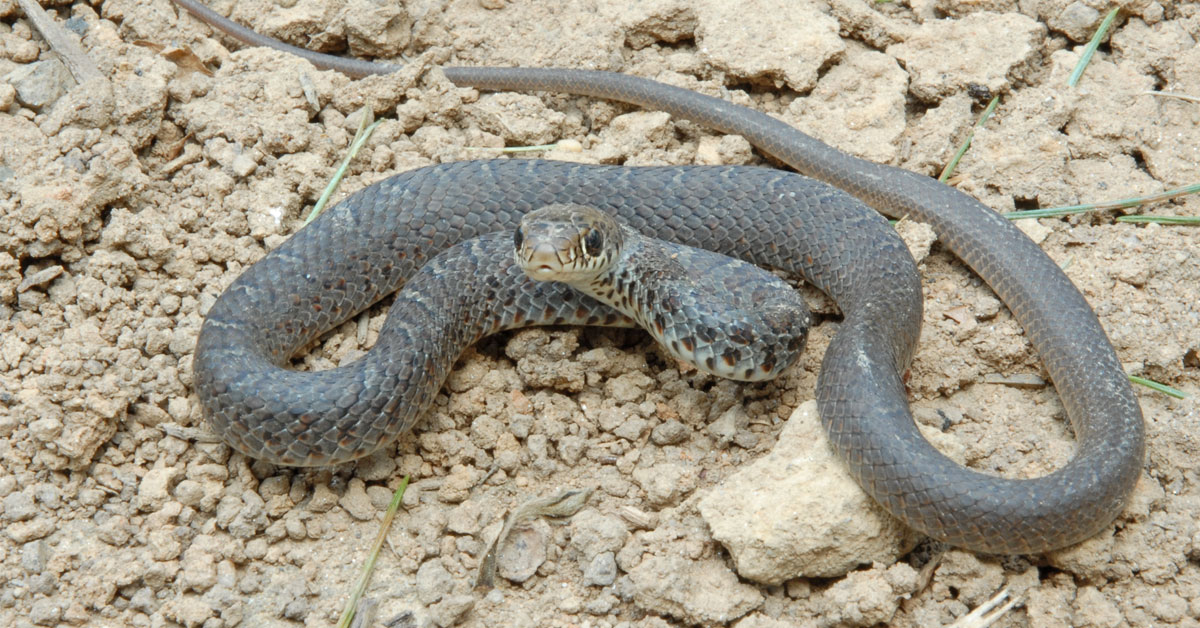



It S Baby Snake Season Virginia Dwr




A Field Guide To Commonly Misidentified Snakes
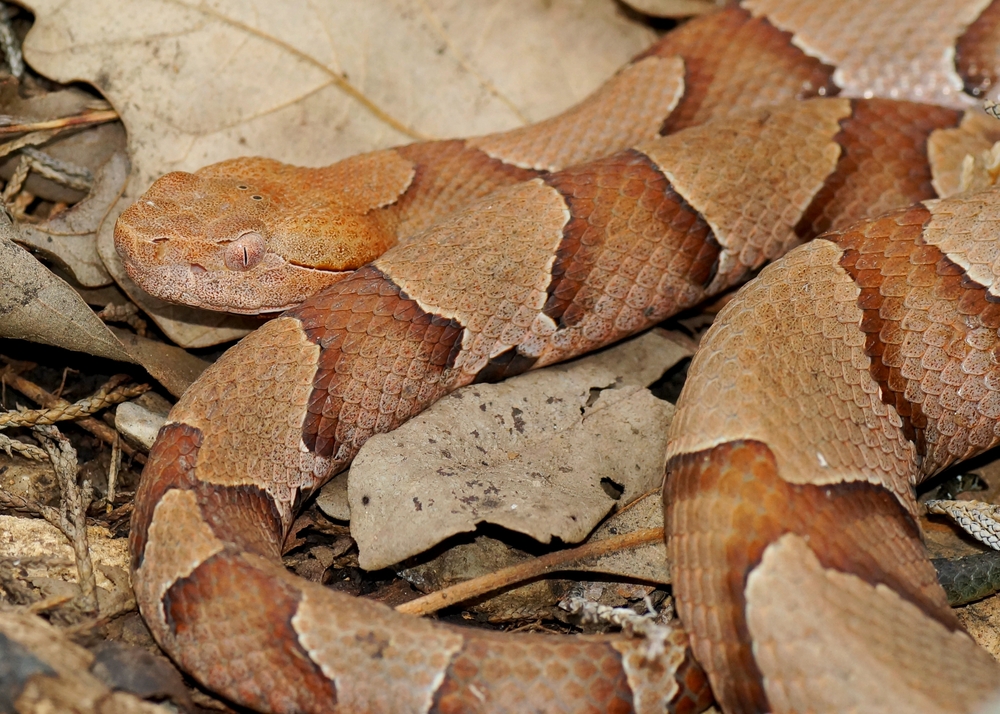



Copperhead Snakes Facts Bites Babies Live Science




When Are Baby Copperheads Born In Nc Are They More Dangerous Raleigh News Observer
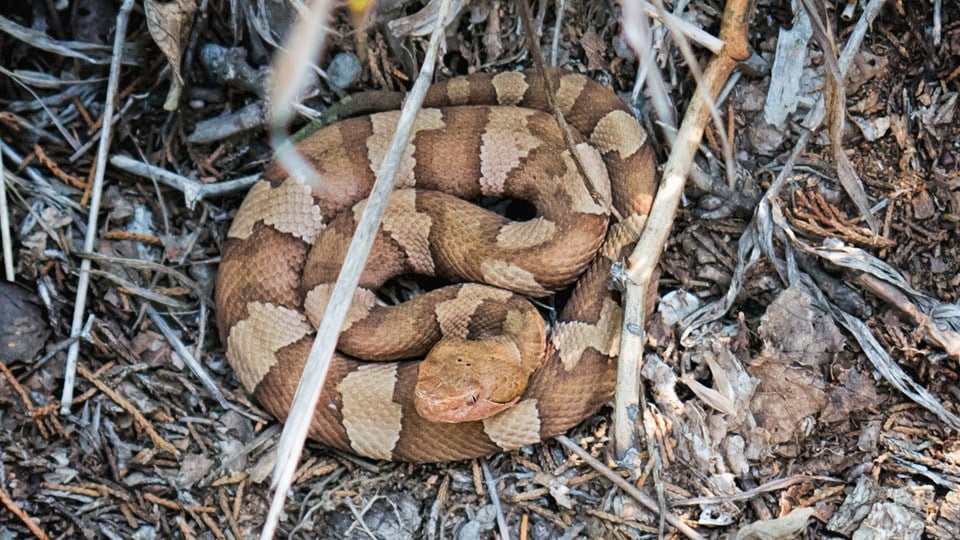



Watch Out Baby Copperhead Season Is Upon Us In Kansas Kake



Black Snakes V Copperheads Tips To Keep Safe Wcnc Com




Copperhead Snake The Australian Museum
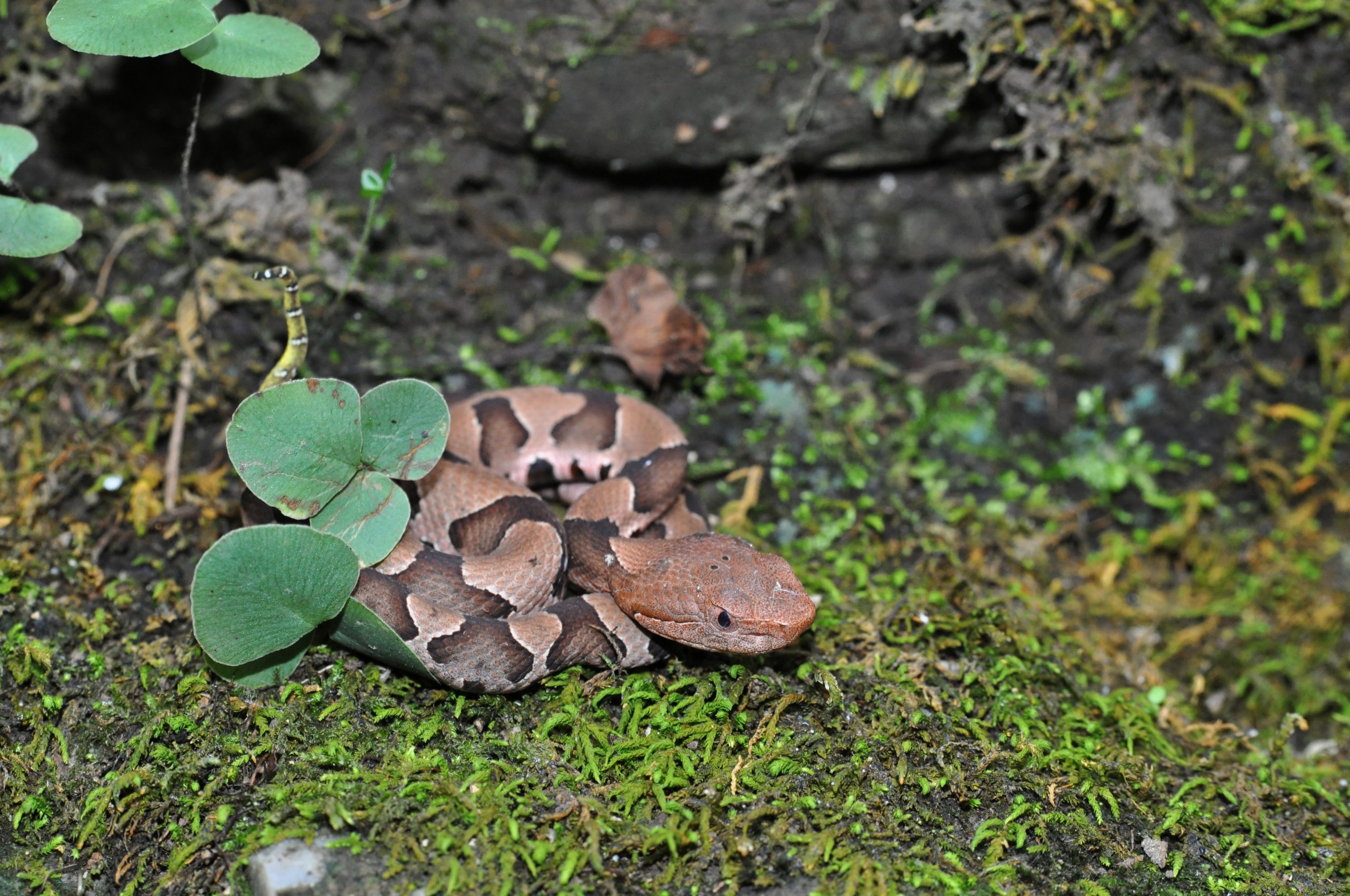



How To Identify A Baby Copperhead Snake 21 Pictures
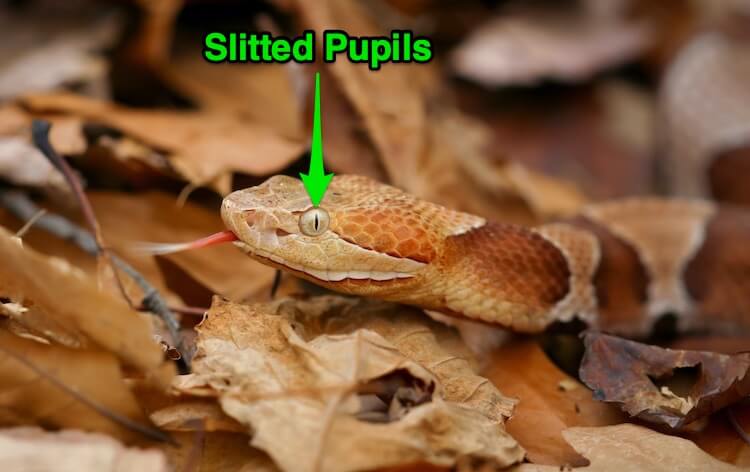



7 Ways To Identify Prevent Remove Baby Copperhead Snakes Everything Reptiles




Copperheads And Similar Looking Harmless Species




Snakes In Tn Watertown Transporting New House Middle School Tennessee Page 7 Baby Snakes Snake Poisonous Snakes




Copperhead Snakes Engage In Nightly Summertime Feeding Congregation
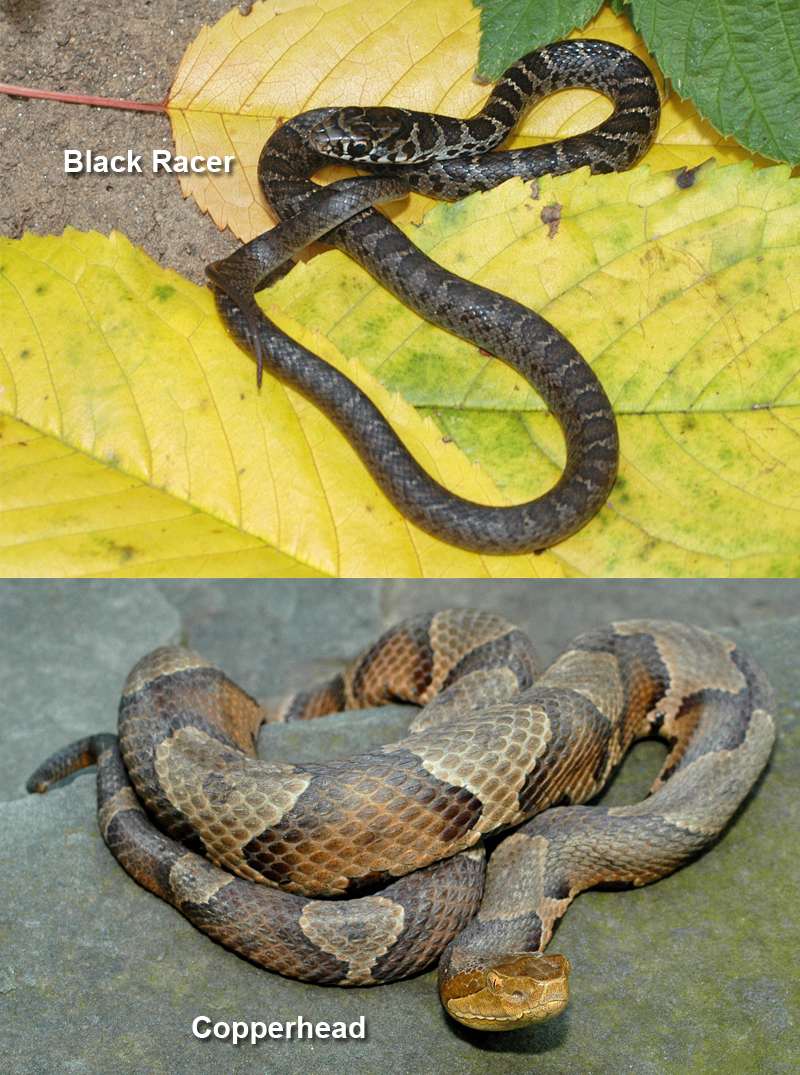



Copperheads And Similar Looking Harmless Species




When Are Baby Copperheads Born And Are They More Dangerous Raleigh News Observer
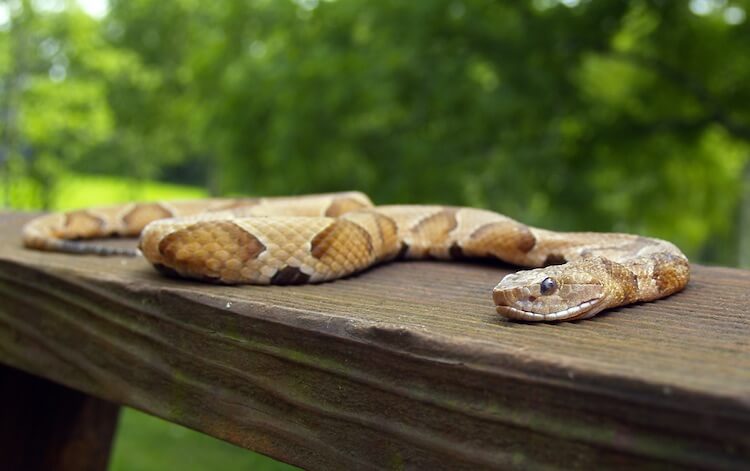



7 Ways To Identify Prevent Remove Baby Copperhead Snakes Everything Reptiles




It S Baby Copperhead Snake Season In Tennessee Here S What To Look Out For Wztv
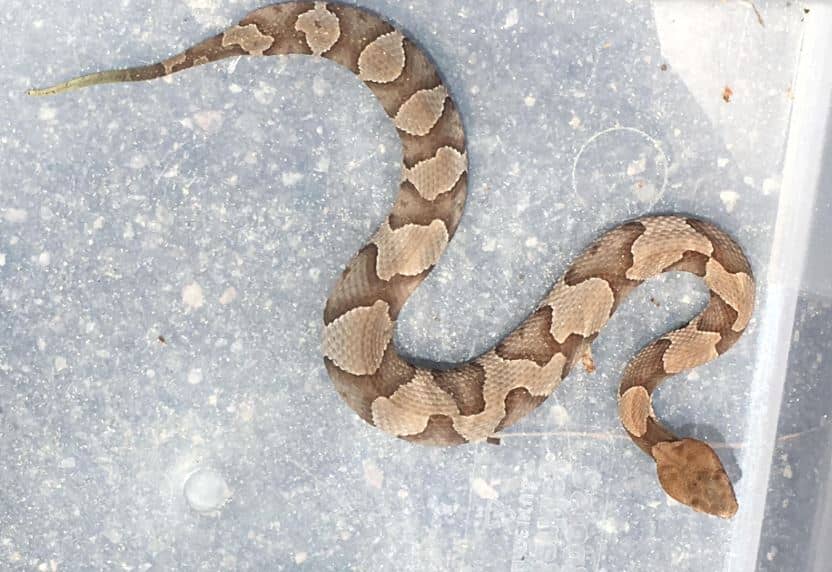



How To Identify A Baby Copperhead Snake 21 Pictures
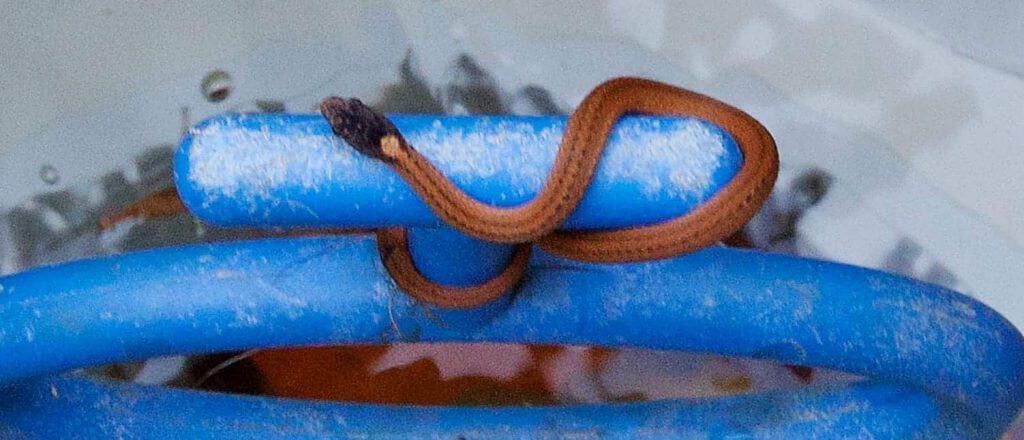



Baby Copperhead Snake Identification Guide Look For These 5 Things Embora Pets




First On 3 Copperhead Snake Bites Ooltewah Girl Wrcbtv Com Chattanooga News Weather Amp Sports




Sign In Reptile Snakes Snake Venom Snake




Tiny But Deadly The Baby Copperhead Youtube




Why You Should Let A Copperhead Live In Your Yard Debunking Snake Myths Wunc




Copperhead State Of Tennessee Wildlife Resources Agency




Are Baby Copperheads Poisonous Explained Reptile Area




It S Baby Copperhead Snake Season In Tennessee Here S What To Look Out For Wztv




Copperheads Pennsylvania S Quieter More Common Venomous Snakes Pennlive Com
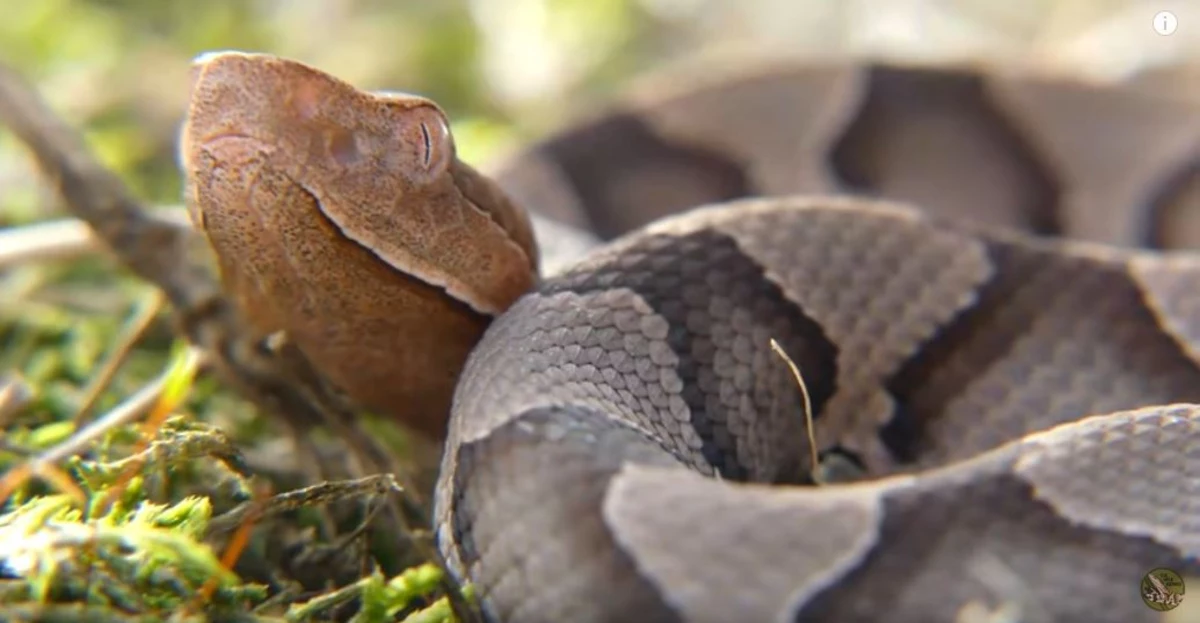



Beware Baby Copperheads On The Rise In Arkansas
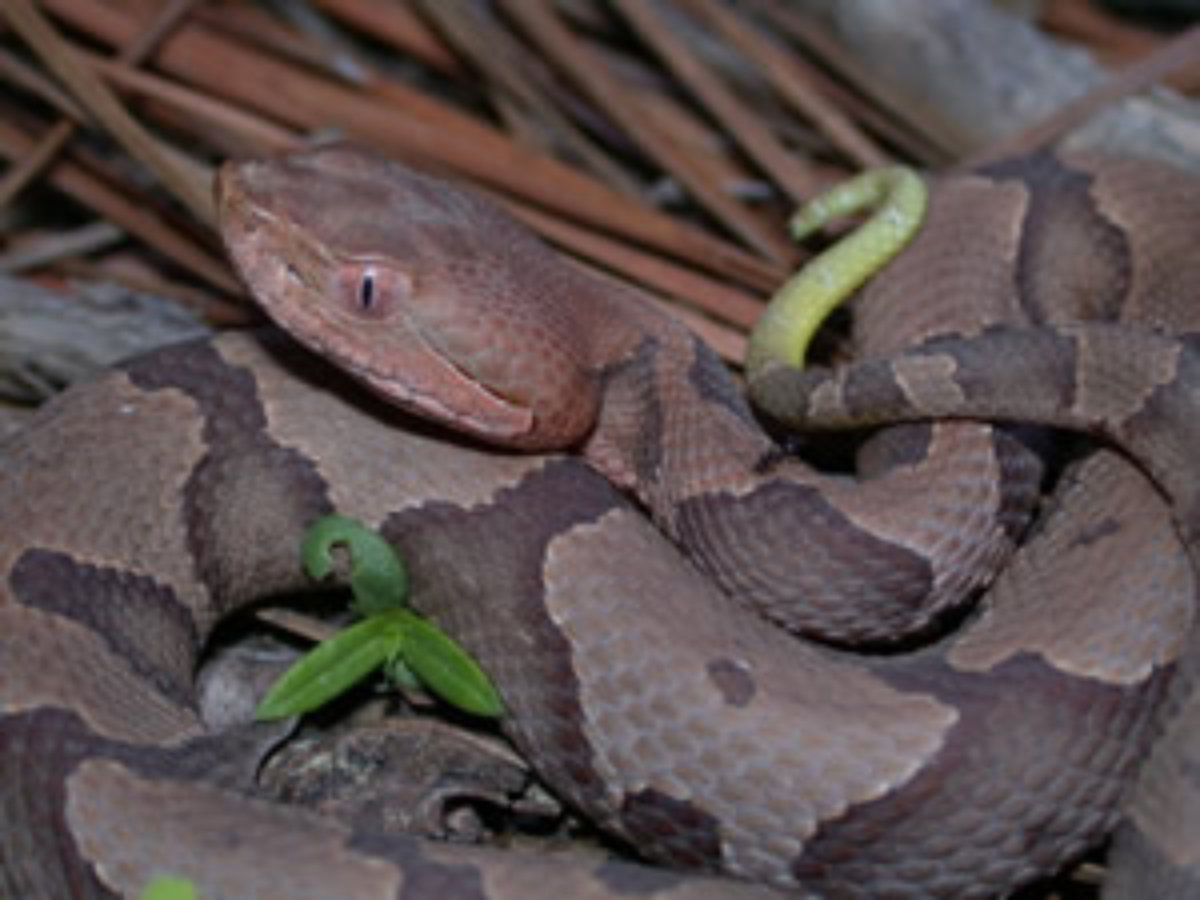



Baby Copperheads Are Out Walterboro Live
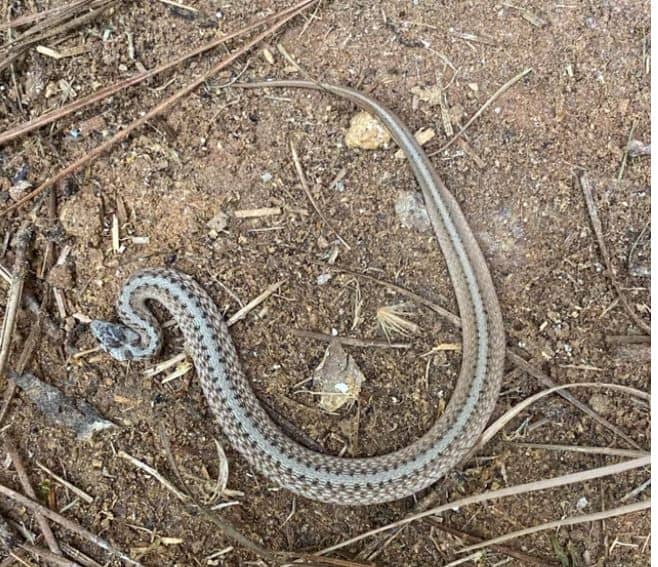



How To Identify A Baby Copperhead Snake 21 Pictures
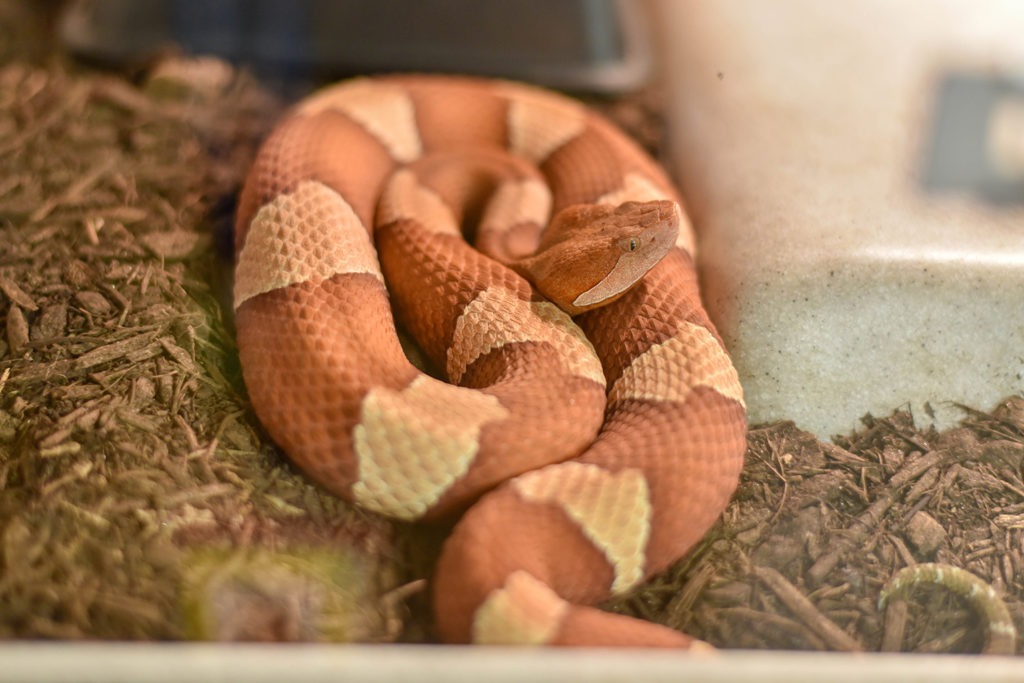



Northern Copperhead The Maryland Zoo




What You Need To Know About Copperhead Snakes In Indiana
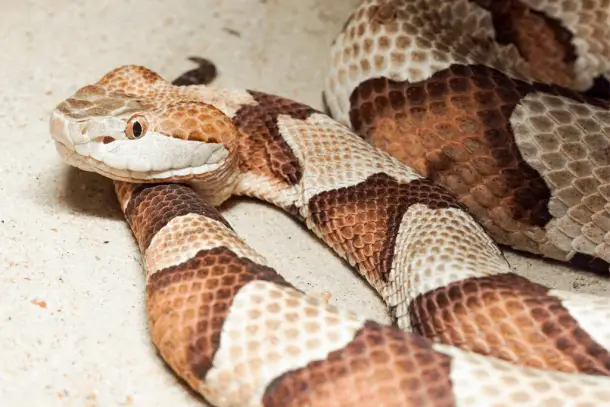



What Do Baby Copperhead Snakes Look Like Reptilia Planet




Vanguardcycles S Blog Pictures Of Baby Copperhead Snakes Showing 1 1 Of 1




How To Identify A Baby Copperhead Snake 21 Pictures




How To Identify A Baby Copperhead Snake Petsoid
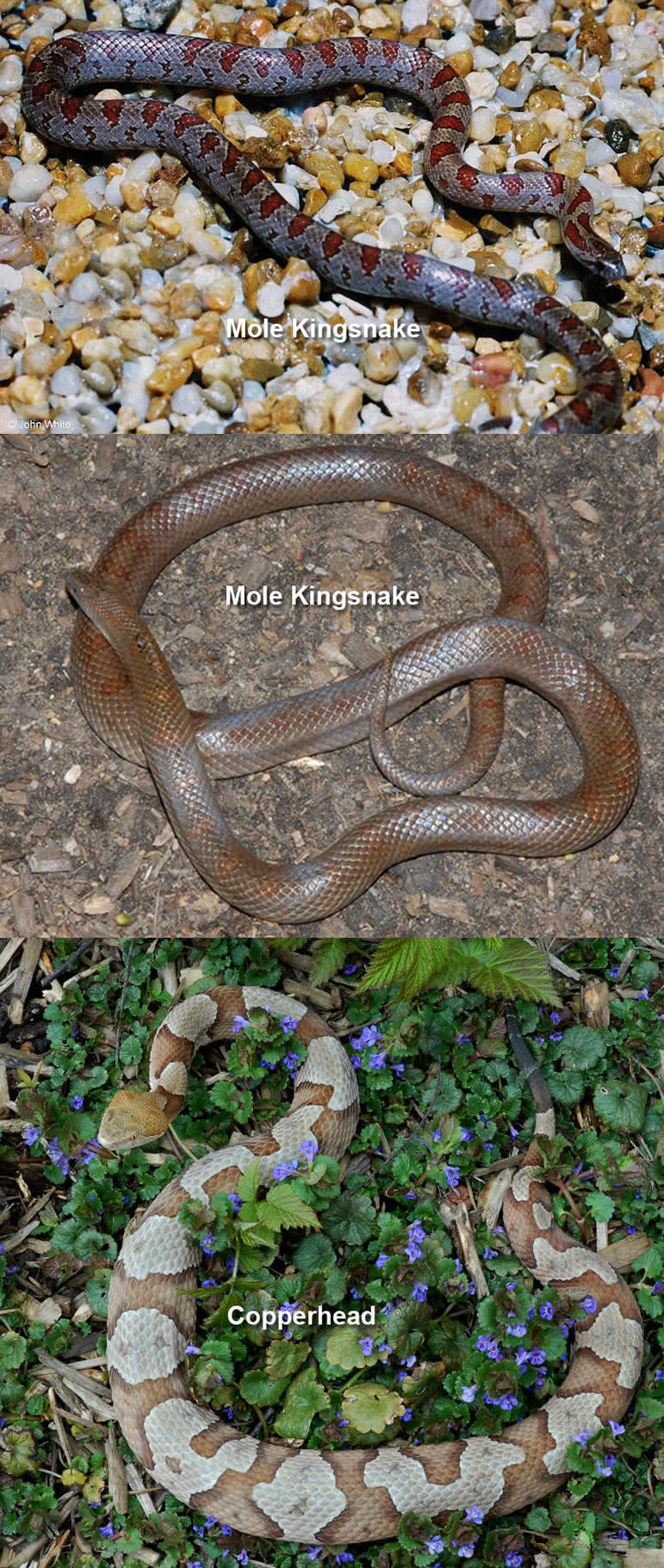



Copperheads And Similar Looking Harmless Species



Baby
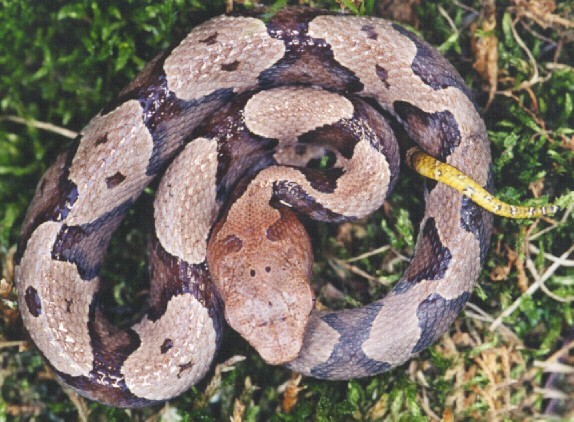



Copperheads And Similar Looking Harmless Species
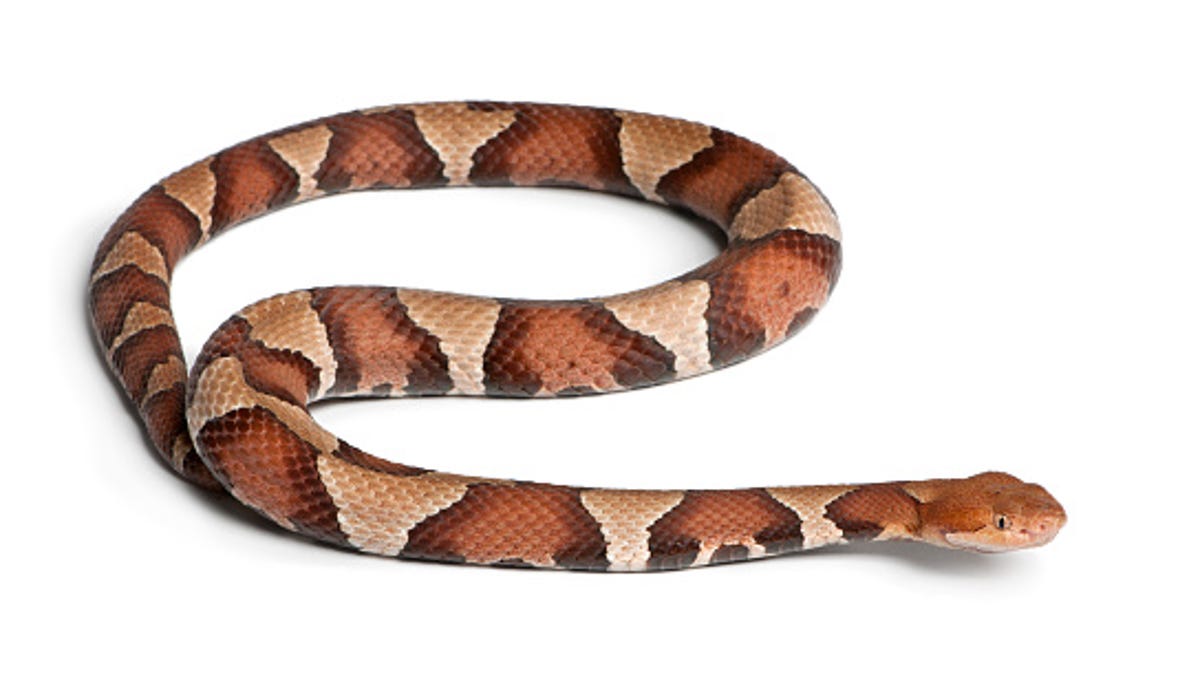



Pennsylvania Woman Bitten By Copperhead Snake While Doing Laundry




Tis The Season For Babies Copperhead Babies That Is Foxcarolina Com




Baby Copperheads How To Identify Them And Get Rid Of Them




It S Baby Copperhead Snake Season Here S What To Know Wjhl Tri Cities News Weather




Baby Copperheads How To Identify Them And Get Rid Of Them



1




How To Identify A Baby Copperhead Snake 10 Key Features Survival Freedom




Male And Female And Babies Copperhead Snake Or Highland Moccasin Adder Background Stock Photo
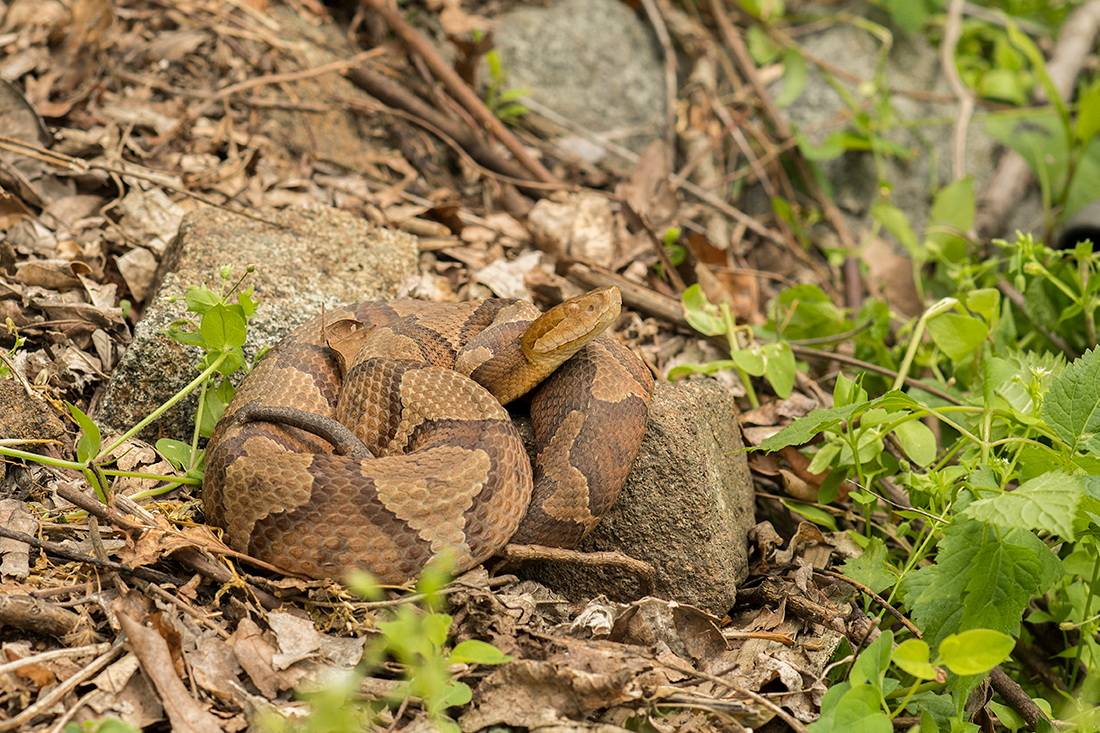



Fs13 Northern Copperheads In New Jersey Rutgers Njaes




Wildlife Officials Warn People Of Baby Copperhead Snake Season
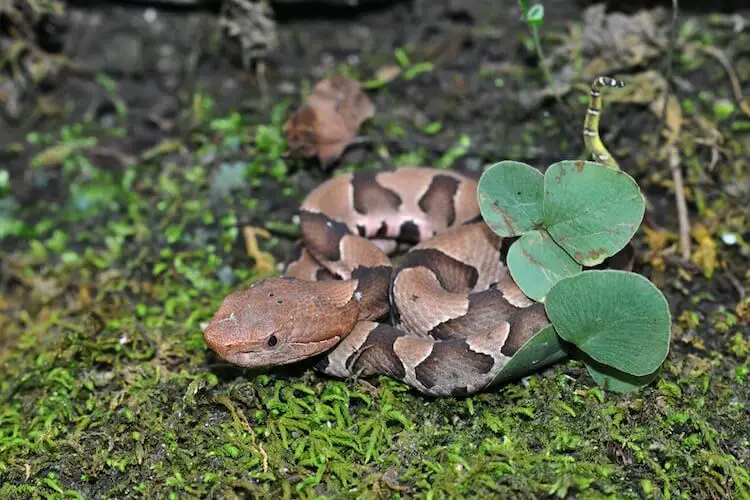



7 Ways To Identify Prevent Remove Baby Copperhead Snakes Everything Reptiles
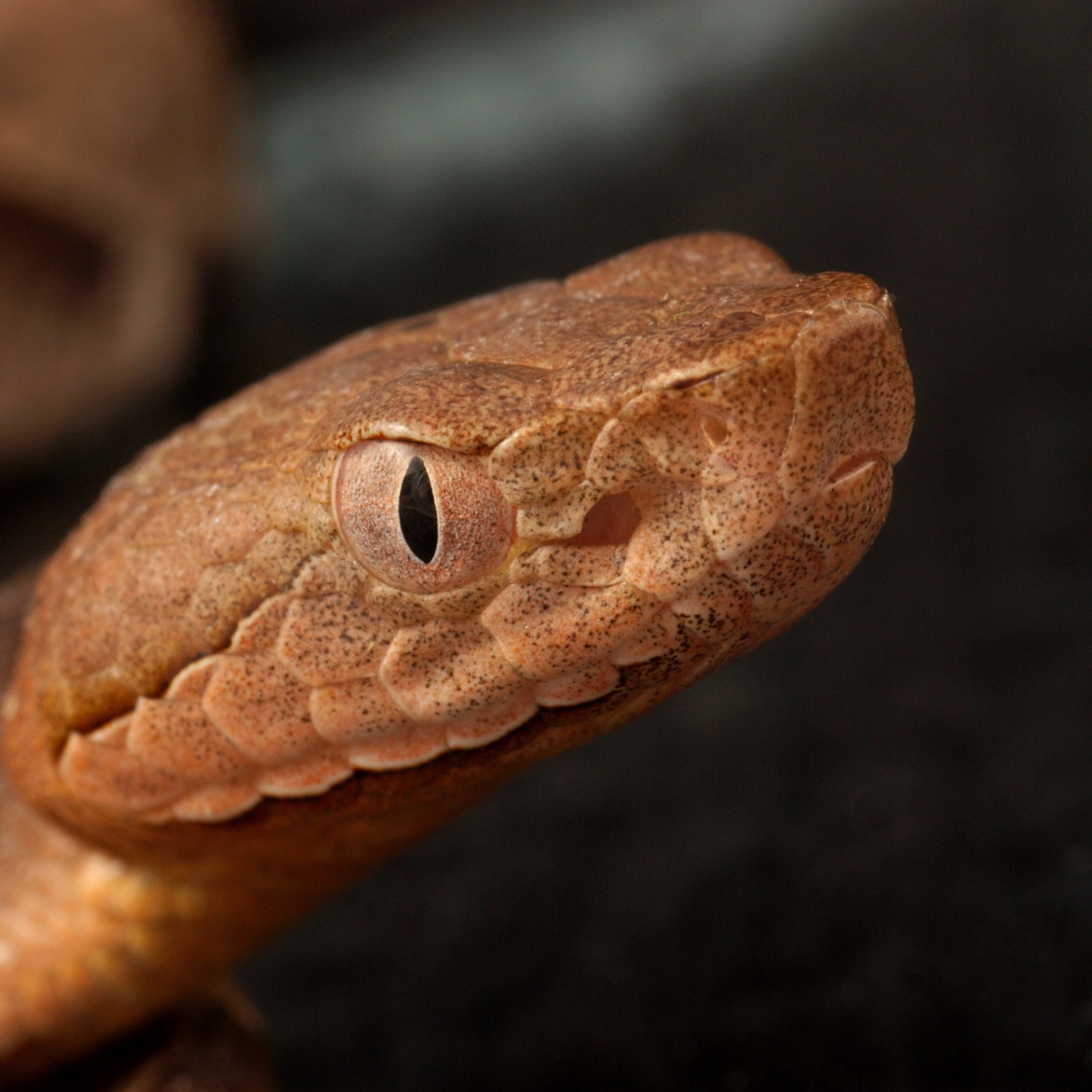



It S Baby Copperhead Snake Season Here S What You Need To Look Out For




Carolina Waterfowl Rescue A Lot Of Baby Rat Snakes Are Mistaken For Baby Copperheads Because Of Their Different Pattern The Copperheads Are The Only Common Venomous Snake We Have In The
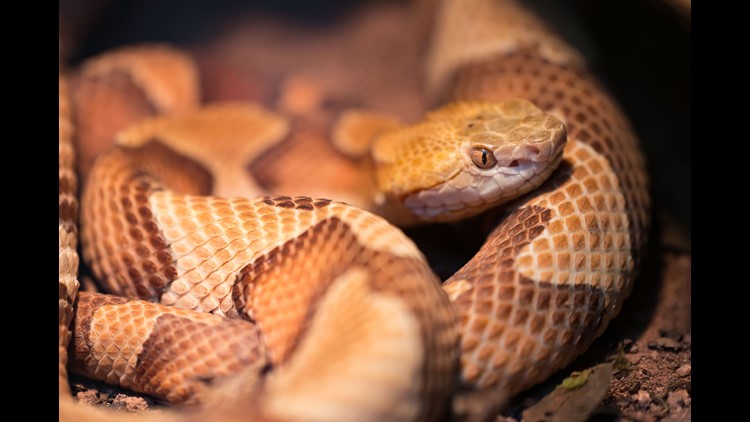



Town Warns Parents Pet Owners To Watch Out For Baby Copperheads Wnep Com




Copperheads Pennsylvania S Quieter More Common Venomous Snakes Pennlive Com




Yes Copperheads Eat Cicadas No You Re Not Likely To Encounter The Venomous Snakes In Your Maryland Community Baltimore Sun
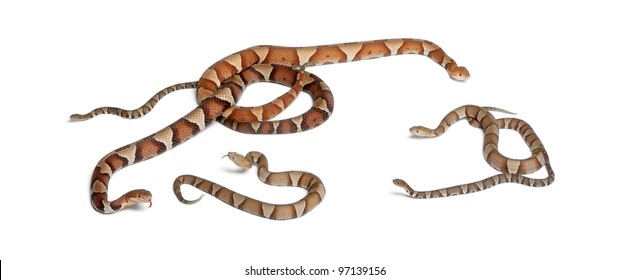



Highland Moccasin Images Stock Photos Vectors Shutterstock
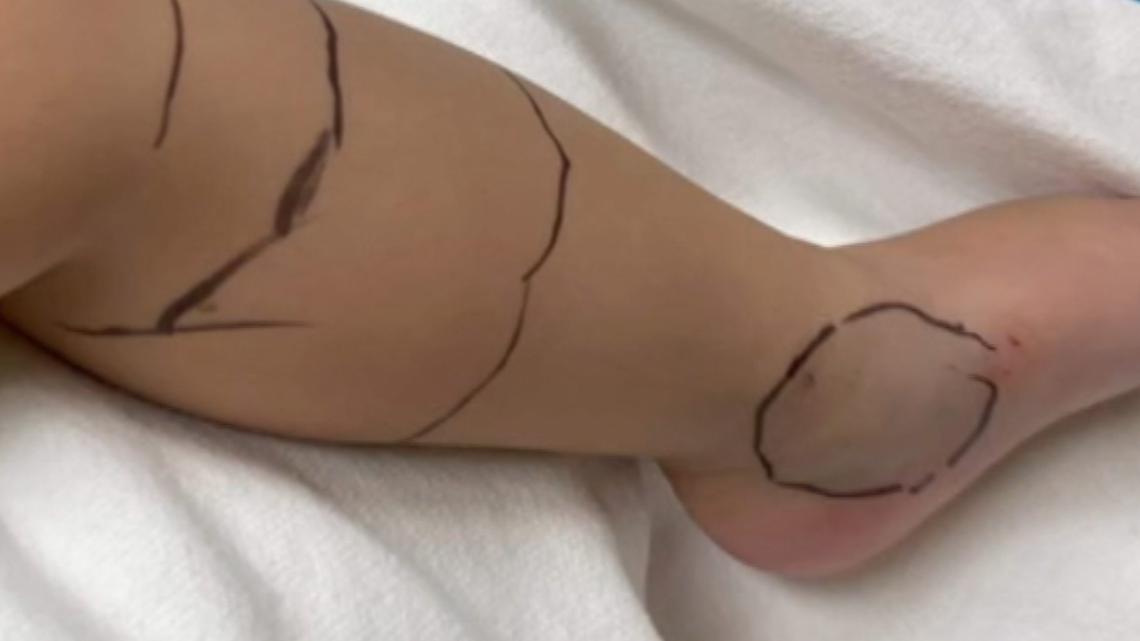



Tennessee Toddler Bitten By Copperhead Snake Wbir Com




Baby Copperhead Snakes Will Emerge Soon In North Carolina Due To Warmer Than Normal Summer Abc11 Raleigh Durham
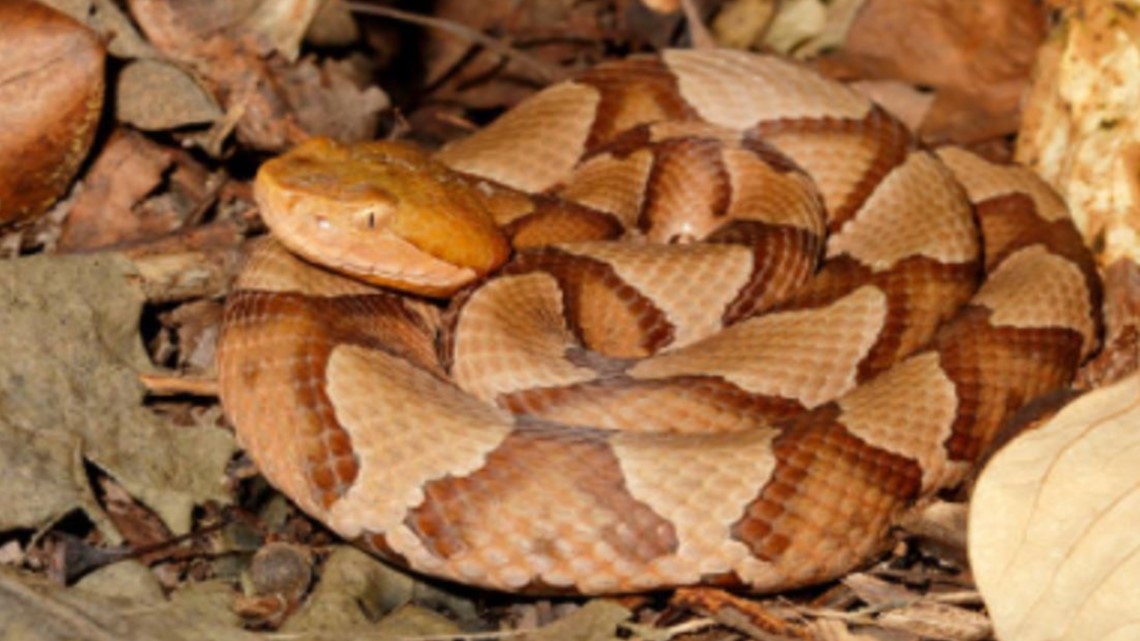



Watch Out For Baby Copperhead Snakes Wfmynews2 Com




How To Get Rid Of Copperhead Snakes 21 Edition




How To Identify A Baby Copperhead Snake 10 Key Features Survival Freedom
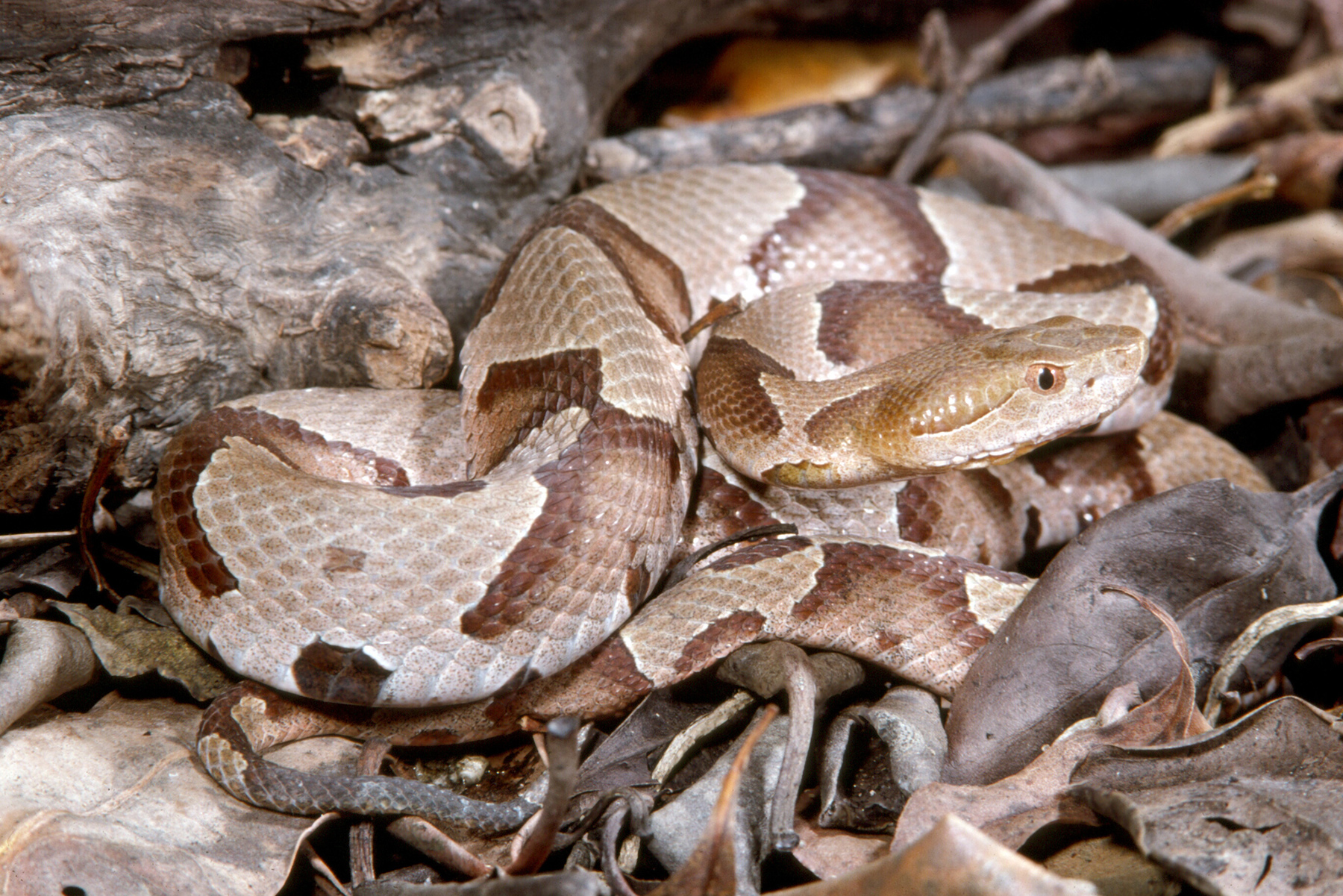



Eastern Copperhead Florida Snake Id Guide
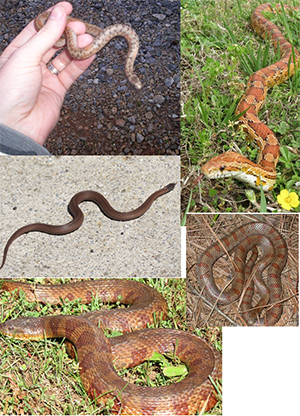



The Copperhead Snake Is Often Misidentified
/cloudfront-us-east-1.images.arcpublishing.com/gray/4QT74KTJRNETPGMKYLIVXXBZT4.jpg)



State Laws Prohibit Killing Snakes In Georgia South Carolina



Baby



No comments:
Post a Comment